“Do You Like Scary Movies?”: History of Horror Films
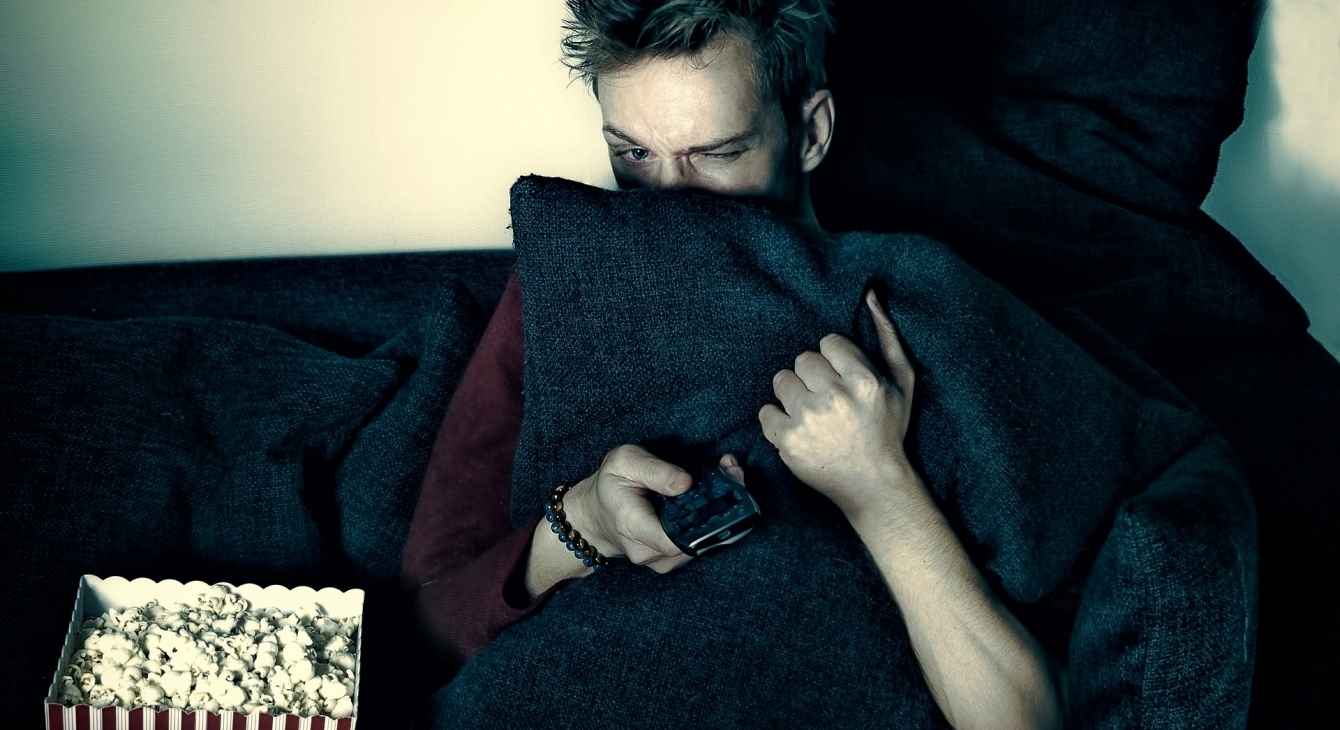
Recently we shared our Halloween movies list with you. Except classical horrors there were dark comedies, parodies, animated films with elements of horror and even one musical. And have you noticed how many horrors our very Grinch Christmas movie review included — even though the season doesn’t seem suitable for this genre! But wait a second: doesn’t a horror mean blood, monsters and unmotivated aggression? At what point movies of such a “low” genre became so diverse and even turned into an acute social comment in most cases? You will find answers to these questions below.
Horror as a genre has an old history and its roots going deep down to folklore and religious traditions. First horrors told stories about witches’ evil deeds, ghosts and demons. Genre was significantly influenced by religion in the Middle Ages when Satan’s evil contrasted with God’s good. Many stories were based on real horrors involving historical personalities — do the names of Vlad Tepes and Elizabeth Bathory ring a bell?
In XVIII century a new genre has emerged — a gothic novel, however it was mostly typical for English literature. First gothic novel “The Castle of Otranto” by Horace Walpole (1764) sealed the main traits of the genre: fatalistic destiny, appearance of living dead, ghosts, supernatural powers and restless spirits. Walpole’s book itself was a hoax: “The Castle of Otranto” claimed to be a translation of Italian novel published in Napoli in 1529 and the story it tells to be happened during the crusades.
This genre became so popular that already in the end of XVIII century the first novel mocking up gothic literature was written — “Northanger Abbey” by Jane Austen first published only in 1817. One year later the world had seen one of the most significant gothic works — a novel written by the main rebel of the beginning of XIX century and mother of sci-fi Mary Shelley — “Frankenstein or the Modern Prometheus”.
Macabre was a popular theme not only in prose but also in poetry: ballads about creepy visitors from the other side wrote Goethe, Scott, Coleridge. Among later authors who kept the dark aesthetic are: Alan Poe, Stevenson, Dickens, Wilde and Bram Stocker — a founder of another horror subgenre — novels about vampires.
In the second half of the XIX century horror novels were closely intertwined with sci-fi (“The Strange Case of Dr. Jekyll and Mr. Hyde”, “The Invisible Man”) — perhaps, it was connected with the fear of new technologies that were drastically changing the world of Victorian society. At that point classic horror literature that used quite certain devises reached its final form.
Printing became cheaper in the beginning of XX century that led to increasing of horror novels. Genre was influenced by tabloids describing cases of serial killers in detail beginning with Jack the Ripper operated at the end of XIX century and remained an unsolved mystery for the world. Such writers as Bloch, Blackwood, Lovecraft, Shirley Jackson considered to be classics of horror. Contemporary authors working in this genre are King, Koontz, Levin, Straub, Danilevsky, Rice.
Clearly cinematography that was just born in the end of XIX century couldn’t ignore a genre with such a rich history that seemed to be tailor-made for cinema and waited for its big break. Visualization of the deepest human fears with the help of a camera became a promising tool for the development of the genre.
Of course first of all we should take into account that a particular horror movie, as well as other type of horror stories, is inseparable from its context. Horrors do not exist in the vacuum — it’s a reflection of those fears and worries that haunt the society both ancient and contemporary. As an example of that it’s enough to look closely at Hollywood movies from 50es, which showed the fear of nuclear war American society felt at that time, worries about radioactive pollution and an invasion of a sinister enemy very often portrayed USSR.
But we jumped a little bit ahead.
In a way, we can call several works of Lumiere Brothers horror movies. Living pictures of a train heading straight to the viewers from their “Arrival of a Train at La Ciotat” (1896) scared the audience so much that according to the witnesses some of them fainted. Cinematography was equal to magic that was able to turn bright and noisy reality into gray kingdom of eternal silence. Here is what Maxim Gorky, a famous Russian writer, said after watching “A Trip Through Paris” (1896) film:
“If you only knew how strange it is to be there. It is a world without sound, without colour. Everything there — the earth, the trees, the people, the water and the air — is dipped in monotonous grey. Grey rays of the sun across the grey sky, grey eyes in grey faces, and the leaves of the trees are ashen grey. It is not life but its shadow. It is not motion but its soundless spectre.
[…]
Their smiles are lifeless, even though their movements are full of living energy and are so swift as to be almost imperceptible. Their laughter is soundless although you see the muscles contracting in their grey faces. Before you a life is surging, a life deprived of words and shorn of the living spectrum of colours — the grey, the soundless, the bleak and dismal life.
It is terrifying to see, but it is the movement of shadows, only of shadows …”
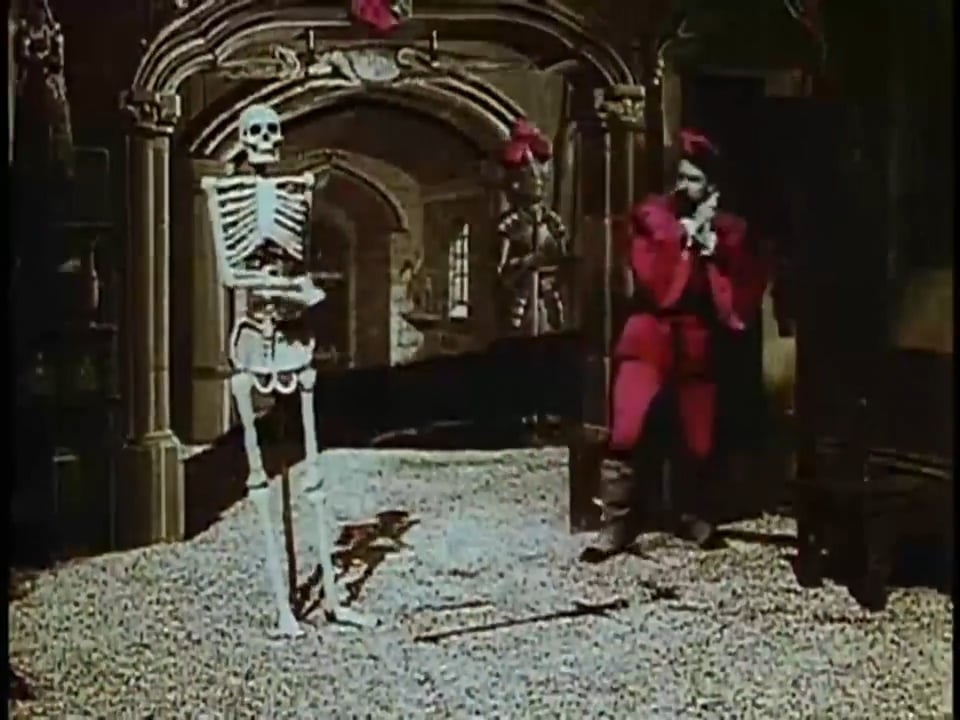
But first actual horror film created for the sake of making viewers scared is “The Devil’s Castle” (1896). Its director Georges Melies was a pioneer in cinematographic science fiction and fantasy whose experiments with special effects became a real break through for all the cinema production. Melies worked on camera upgrading in his studio Star Film Melies and invented a lot of different tricks for creating special effects. He was the first who used storyboarding and script writing, double exposure, frame-by-frame shooting and much more.
Horror movies of the beginning of XX century were mostly screen adaptations of classic gothic novels — “Faust and Mephistopheles” (1903), “Dr Jekyll and Mr Hyde” (1908, unfortunately lost), “Frankenstein” (1910), “The Student of Prague” (1913) and, thanks to technological progress, became longer. Obviously the conservative part of the society disapproved horror films. So “Frankenstein” was considered to be dangerous and jeopardizing public morality. However a lot of things caused such a reaction by audience at that time — as you can remember after reading this article even quite chaste by today’s standards film “The Kiss” was viewed extremely negatively.
But the theatricality of the first horror films quickly passed into oblivion. The reason for this was First World War. You couldn’t scary people who have gone through the horrors of war with hiding in fog almost cartoonish monsters. New tricks and characters striking fear came on stage. Despite the image of careless “Roaring Twenties” imposed on us, in fact it was a tough time. Films were produced by veterans who misused cinematography for their obsessive desire to relive war traumas over and over again. As Scott Paul, the author of the book “Wasteland: The Great War and the Origins of Modern Horror” (2018) said: “Horror is a language of trauma”.
While movies of the beginning of XX century were based on gothic novels and treated death and dead people as something sacred, cinematography after the war pictured a body as an empty shell or a dummy. Most brightly these tendencies appear in “The Cabinet of Dr. Caligari” (1920) and “Waxworks” (1924).
Along with that the plot of new horror films questioned reality and sanity of the characters; at the same time they tended to more realistic approach of picturing the world on the screen. Creators turned away from theatrical sceneries replacing them with shooting in nature. That caused new challenges — natural light left no chance to control flares, shadows and darkness. Night shoots were expensive and technically complicated. This is why the majority of films were made in daylight and manually painted dark afterwards. This trick was used for instance in “Nosferatu The Symphony of Horror” (1922).
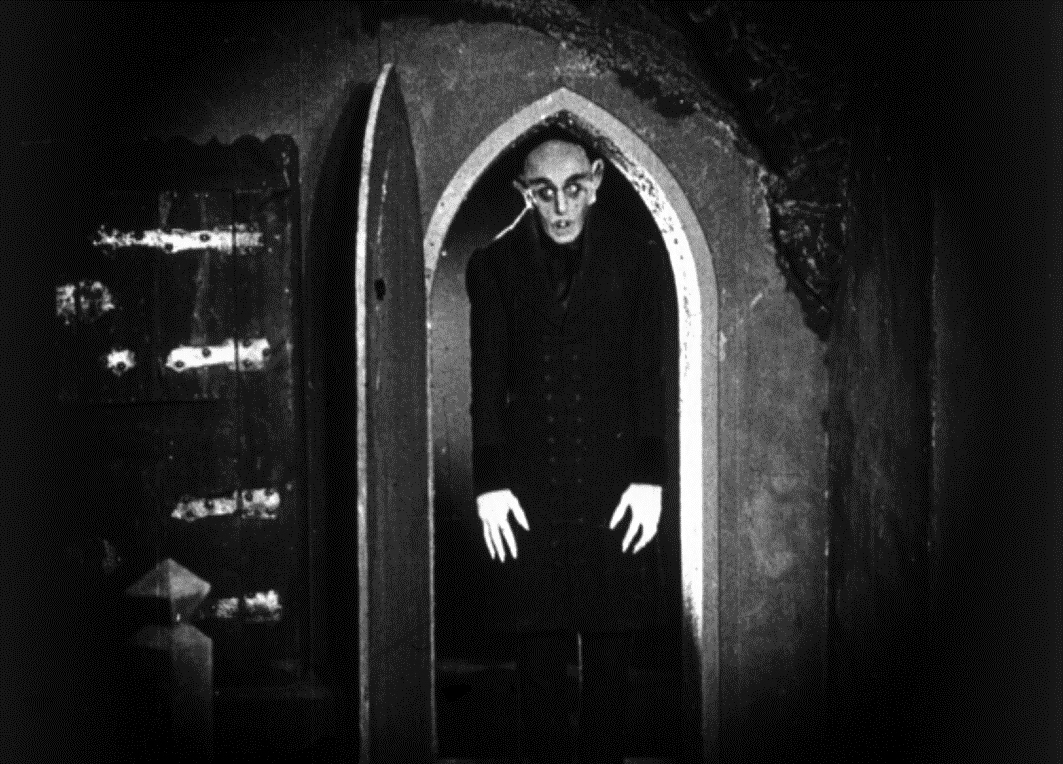
Film “The Witch” (1922) created by Danish film director Benjamin Christensen stood out from his contemporaries not only by its mixing of true facts and fairytale motives but also by its almost scandalous picturing of folk superstitions witches were surrounded by: female nudity, giving birth to demons and even — such a crying shame! — women bowed to kiss the Devil in his ass. Of course, there were a lot of talks going around the film (especially since the director himself played a role of a “much tongue” demon seducing women) that ended up in its cancelling everywhere outside Scandinavia.
Obviously, makeup was one of the most important things for horror movies production. Actors and makeup artists exceled trying to create the most terrible monsters. The king of makeup in 20es, as he was rightly called, was Lon Chaney Sr. — “Man of a Thousand Faces”. He was so skillful in makeup that you can’t recognize him in his characters. A son of deaf parents, Chaney learned how to express emotions with the help of body language since he was young. Once he played several different roles in one film. Unfortunately, the majority of films starring Chaney are lost, but two most significant movies in his career survived. In “The Hunchback of Notre Dame” (1923) he played Quasimodo — a role he had dreamt about for years — another cartoonish monster, became more human because of his unrequited love.
“The Phantom of the Opera” (1925), where Chaney played the Phantom ashamed of his disfigured face, was not as successful as the “Hunchback” but still popular. His characters, ugly on the outside but full of dignity on the inside, caused sympathy by the viewers despite their questionable deeds. Lon Chaney could become a classical Dracula but died of cancer during the shooting in 1930. The role was passed to Bela Lugosi.
The silent era came to an end in the end of 20es when the first sound movies appeared and silent films were shelved. In a way it was a loss — silent movies were like a dream people shared with each other and horrors — like a surrealistic nightmare their got caught in. Well, silent films haven’t gone forever — they are still produced but nowadays it’s mostly festival films than big projects for wide audience (for example “The Call of Cthulhu” 2005). But some movies like “A Quiet Place” (2018), although not silent from the beginning till the end, use silence as an artistic tool for escalating the suspense.
From the other hand, sound in movies opened new ways for creating horror atmosphere. Movies stopped to be symbolic and tended to realism, however still remained fairytale-like. Surprisingly, the Great Depression, happened at that point, triggered the development of horrors — they became a kind of escapism people turned to hoping to forget about their own problems. Despite the great expenses for the production, horror films were produced more often — they brought money.
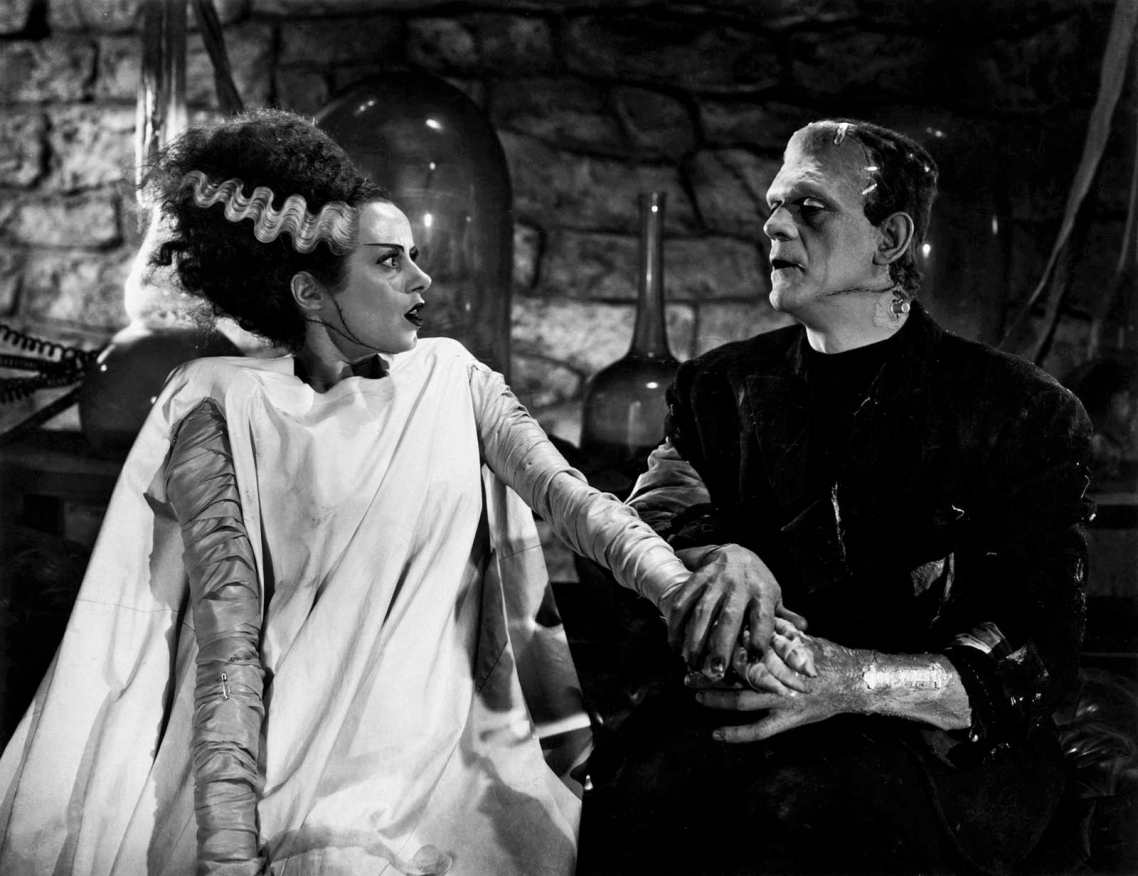
No wonder that exactly then the classical home video line of Universal Studio movies made in 30-50es was released — “Universal Classic Monsters”. Those are: “Dracula” (1931), “Frankenstein” (1931), “The Mummy” (1932), “Invisible Man” (1933), “The Wolf Man” (1935) and countless sequels about returns, sons, daughters and other relatives of the famous creatures. This period was known as a golden age of horror; dark stories attracted many film creators because they allowed breaking the rules and taboos — moral, psychological and sexual. What do you think is that vampire’s bite on the neck of a victim if not a hidden erotic? Oh, my!
Exactly these violations tolerable for horrors and low budget movies led to the state censorship in cinematography — creation of Hays Code in 1930. It became mandatory for the movies designed to the broad audience already in 1934 and was cancelled only in 1967. For sure, many creators of that time, who dreamt about wide release, learnt how to picture banned topics as metaphors, shadow play or the finest hints. What is by the way was referenced on “Hail, Caesar!” (2016) when a group of screenwriters — secret communists explains how they make commi-agenda a part of their movies.
At the same time, in 30es thanks to Dr. Frankenstein portrayed by Colin Clive, was born the image of Crazy Scientist — a prideful man, who decided to go against the God himself but whose creatures turned against him. That was a reaction of screenwriters and directors of Hollywood to the popular during this period of time eugenics — a study of selection applied to humans that lately was strongly associated with Nazi Germany. But peak of popularity of that image took place in the early 40es, after the adoption of Hays Code. Dichotomy of science and religion in cinema, where the first one lost, has started to prevail over the fight between supernatural creature and a human (“Dr. Cyclops” 1940, “The Ape” 1940, “Dr. Jekyll and Mr. Hyde” 1941, a line of movies about ape-woman Paula 1943-1945).
Another popular direction at that time — were-movies (“The Wolf Man”, 1941) was some sort of Hollywood’s “f**k you” to Nazis. Wolf is an animal that was a synonym to the word “predator”, dangerous beast that has no mercy. Interesting that the name “Adolf” is derived from two ancient German words “noble” and “wolf”. And Hitler himself constantly compared himself to a wolf and added this world to the titles of many military operations.
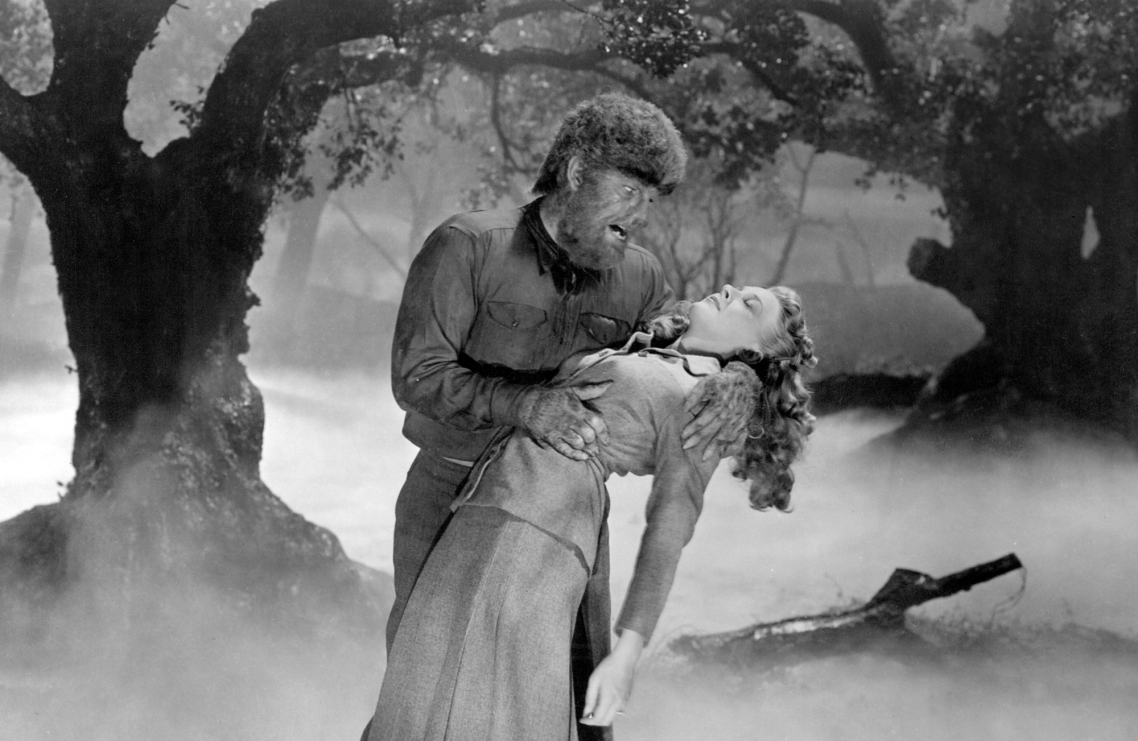
In contrast to going down in quality sequels about Universal monsters RKO Pictures released its — “Cat People” (1942), “The Body Snatcher” (1945), “The Uninvited” (1944). The same studio released one of the first zombie horrors “I Walked with a Zombie” (1943), which is also called “Voodoo Jane Eyre” because its creators were inspired by Charlotte Bronte novels. Of course, this movie is far from how we picture zombie horrors today but its depressing atmosphere and exotic scenery mark out “I Walked with a Zombie” among other films of this subgenre.
Comparing to the predecessors from 40es, 50es movies significantly stood out. The world after the World War II was a completely different place. Monsters from fairytales scared no one, the audience wanted to watch horror films picturing their daily routines. Human fears changed too: as we said before, the society of the cold war period lived in fear of nuclear war and communist intervention; all these sentiments were actively fueled by politicians, for whom it was convenient.
The attitude to the science changed — while earlier new technologies caused rejection connected with religious believes among people, the war showed it doesn’t matter how brave are heroes, modern technology often can tip the scale, though stayed scary. Another legacy of the war became fear of UFO. Aliens are relics of the war period when flying object meant death and devastation in the first place (by the way, first recorded mention of a flying saucer was on 24th of June 1947). Many horror movies interplayed an idea of alien invasion (“It Came from Outer Space”, 1953; “Invasion of the Body Snatchers”, 1956).
In 50es horror movies mostly moved to category B. Horrors were the fate of teenagers and outsiders, who enjoyed screenplays ruining the normal life imposed by the society, which denied them (“The Blob”, 1958; “Attack of the Giant Leeches”, 1959; or any horror by our dear fellow Ed Wood). However exactly teenagers were the majority of viewers going to drive-in cinemas. They cared very less about art features of a movie, well-thought screenplay or character development — they looked for thrill, some kind of a love story, cruel murders and, if censors allow, some nudity. The stereotype that horrors are for teens has its roots in that period. Among movies targeting this audience are “The Tingler” (1959) and “House on Haunted Hill” (1959).
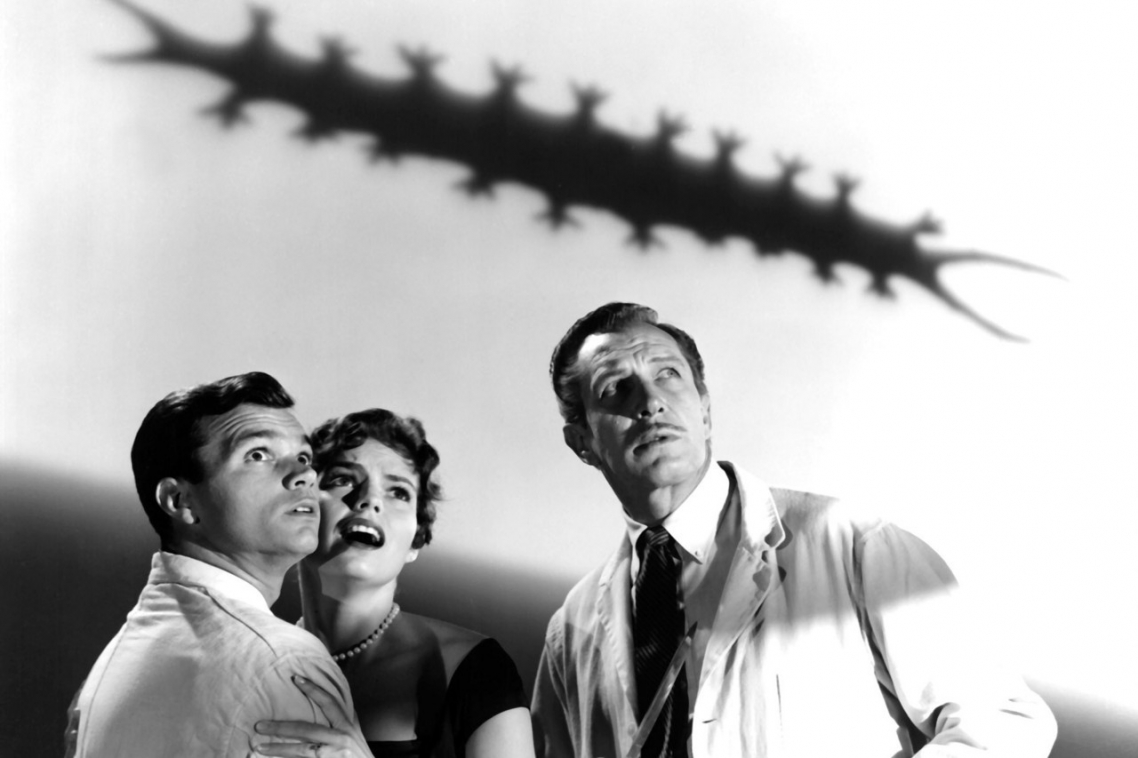
Monsters of that time that came to life on the screen were amazing in their own way. It was not usual vampires, werewolves and ghosts. Film monsters of the beginning of 50es are animals accidentally affected by new technologies (most common — radiation). Their genetics changed whimsically; they significantly grew in size (“Them”, 1954) or became tiny (“The Fly”, 1958). Sometimes technologies led people to places they should have stayed out of and woke up creatures they should have let sleep (“The Beast from 20,000 Fathoms”, 1953; “Creature from the Black Lagoon”, 1954).
All those movies demanded professional special effects and the most famous pro in this area was Ray Harryhausen. Thanks to him the following movies came to the world “It Came from Beneath the Sea” (1955), “Earth vs. the Flying Saucers” (1956) and many more. Harryhausen’s works inspired famous directors — Steven Spielberg and George Lucas, Tim Burton, Peter Jackson, JJ Abrams and Wes Anderson.
Another invention that attracted viewers in cinemas was 3D movies. Born already in 20es this technology became a true hit in 50es. It’s funny that firstly they used it to draw the attention to category B movies but nowadays 3D sign on a ticket doubles its cost. “House of wax” made in 1953 became the first movie in the history of cinematography with a stereo sound.
Conservative 50es were replaced by open-minded 60es. It was a stressful time — Cuban Missile Crisis, war in Vietnam, the fight for civil rights. At that time hippie movement was born and a sexual revolution occurred. All this was reflected in horror movies. From one hand they became some sort of a warning for the youth about how dangerous it could be to deny traditional values.
A number of films about ghosts released in those years can fall within that concept — “The Haunting” (1963), “The Innocents” (1961), “Carnival of Souls” (1962). In the beginning of a story the characters are skeptic and find rational explanations to the terrible accidents happening to them but step-by-step exaggerating suspense leads them to the deep terror, the world they were familiar with falls apart turning out not what it seemed to be. No matter how strong a hero resists, supernatural powers will win. It’s like warning or punishment for the youth (mostly for more and more emancipated women; it’s more often they become main characters of horror films) because they refused old values.
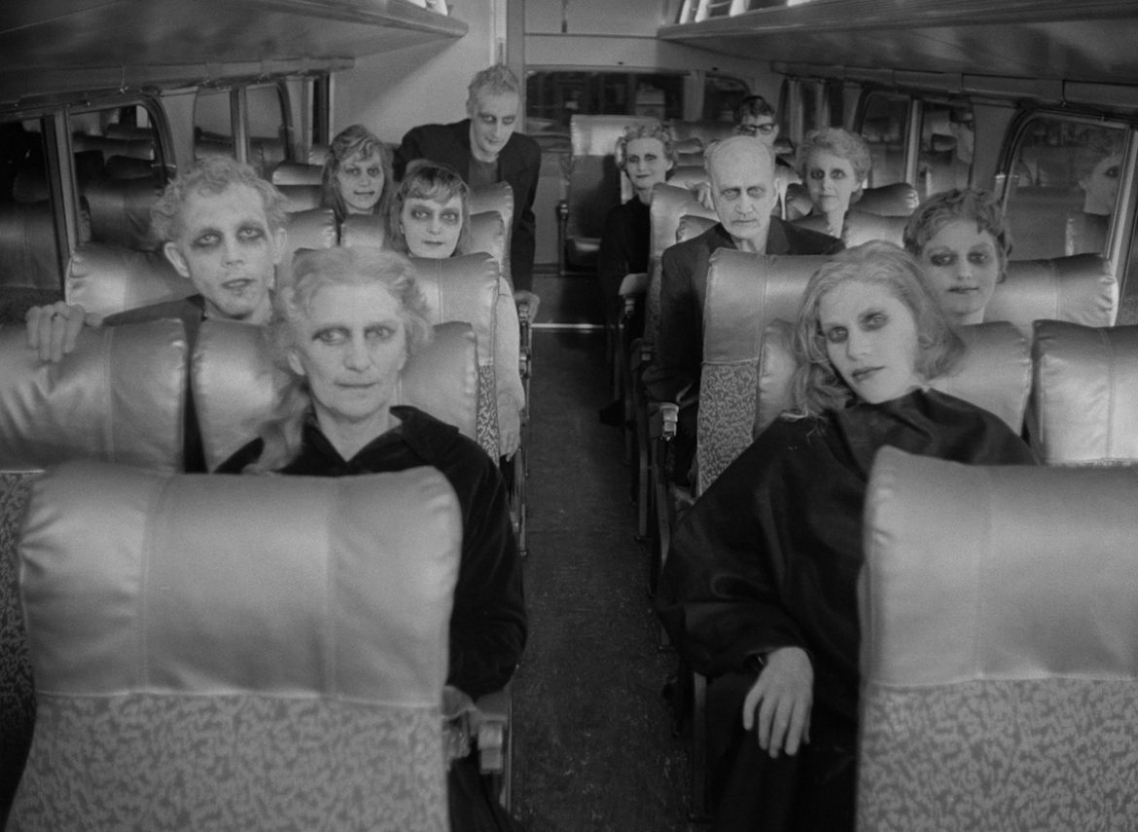
On the opposite, freedom in minds allowed more freedom for film creators. In 60es the censorship has eased down to elimination of Hays Code in 1968. The further forward moved the society, the less grew the fear of a nuclear war. Radioactive monsters from 50es already looked absurd. The audience wanted to see more real terror that doesn’t come from outside but a monster hiding nearby all the time. It could be said that the horrors became not a way to hide the reality but more like a mirror, which twisted the real world, changed the mindset, broke stereotypes and cancelled restrictions.
A filmmaker Roger Corman (“Premature Burial”, 1962; “The Tomb of Ligea”, 1964) was one of those who quickly figured out where the new trends led. He nailed the secret of a perfect horror movie (bloody death + beautiful heroine + a little bit of scary makeup + spiced with humour) and successfully applied it. Corman shot his films with incredible speed earning enough money to fund his further projects. Career of many Hollywood stars connected with his name (James Cameron, Jack Nicholson, Francis Ford Coppola).
Let’s not forget about the film, which considered being one of the key works of XX century — “Psycho” (1960) directed by Alfred Hitchcock. Boldly violated many rules of Hays Code, this movie became absolute hit and the starting point of slasher genre. Another great film of 60es is “Night of the Living Dead” (1968) proved that horrors could not only reflect the reality but also be a sharp social comment. People eat brains of other people — a beautiful metaphor, isn’t it?...
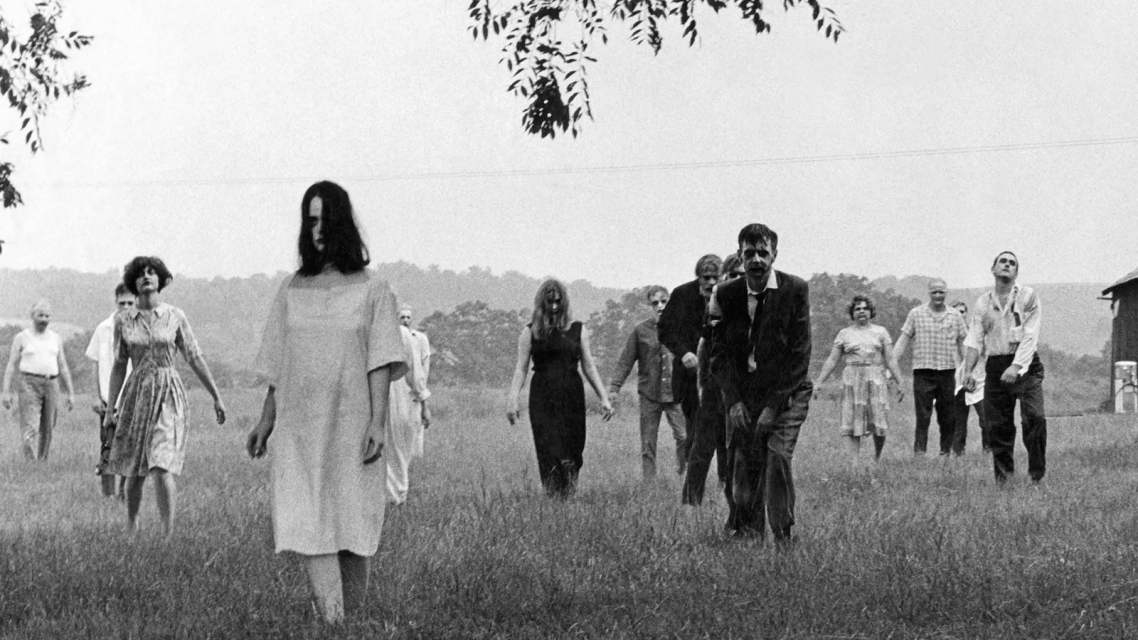
Aloof from these two poles stand films produced by Hammer Film Productions founded in 1934 (“Evil of Frankenstein”, 1964; “Dracula’s Brides”, 1960; “The Curse of the Mummy’s Tomb”, 1964). Its success peaked in 60es when the company started to produce remakes of classical horrors from 30es, diluting classical screenplays with half-erotic scenes. Main stars of the studio were Peter “Grand Moff Tarkin” Cushing and Christopher “Saruman the White” Lee. The movies of the studio proved that not only teenagers but also their parents could be interested in horrors.
After promising 60es the 70es are referenced to as the era of depression. The breakup of the Beatles, cruel crime committed by Charles Manson’s family, controversial rule of Richard Nixon, 1973 oil crisis, growth of drug addiction among the population — nothing shined very bright. However the more tough is the time, the more interesting are horror films.
This decade was the time when slashers flourished in the first place despite the fact that their prototype — “Psycho” was released in 60es. It’s interesting to know that originally slashers come mainly from Italy and were called giallo. Typical for giallos were: maniac hiding their faces behind the mask, showing murder from the criminal’s angle of view, a lot of blood and erotica. Also these movies very often had long and totally ridiculous titles: “Six Women for the Murderer” (1964), “What Are Those Strange Drops of Blood Doing on Jennifer’s Body?” (1972, in Russian release it got a poetic name “Iris in Blood”), “Your Vice is a Locked Room and Only I Have the Key” (1972, “Black Cat’s Eye” in Russian version). Giallo films were similar to classical mysteries of locked rooms like in Agatha Christie’s novels — the maniac usually turned to be one of the main characters and his motive was explained in the end.
Giallo genre became popular in Hollywood after the cruel murder of actress Sharon Tate and her guests in her own house by Manson’s family in 1969. A house as a place wasn’t safe any more — a psycho could break in anytime and kill everyone while police won’t come on time or even will refuse to help. Screenwriters and film directors started to play this game of fears — this is how “Black Christmas” (1974), “Texas Chain Saw Massacre” (1974) and “Halloween” (1978), which presented the pattern of the “final girl” to the world, were born. Final girl — the last who survived, faces the evil in the final battle. Her life is some kind of present from “screenwriter” for her “high moral” — refusal of sex, drugs or alcohol.

After the lifting of censorship in cinematography many creators got the opportunity to add religious motives to their films (“The Wicker Man”, 1973; “Alice, Sweet Alice”, 1976; “Carry”, 1976). Of course different religious communities were boycotting these movies, bad such a “disapproved” sign on a poster was mostly a badge of honour for horrors than something you should be ashamed of.
Well, horrors were connected to the real religious teachings in much the same way that directed by Guy Ritchie “King Arthur: Legend of the Sword” (2017) to the real history of Great Britain. The image of Satan and demons as well as description of different rituals were interpreted to taste and depended on how good was the imagination of the authors, who acted like they wanted to get even with their strict religious education. Certainly, eroticism was obligatory otherwise what kind of nunsploitation is that?
Many horrors from 70es used “possessed” relatives pattern in them. Behind that was the fear of the end of traditional families because the changes in male and female social roles. Instead of a Maniac Who Came After You it’s one of your nearest and dearest, who turns into a villain — one of the parents (“The Shining”, 1980; “The Brood”, 1979), one of siblings (“Alice, Sweet Alice”, 1976; “Halloween”, 1978), husband or wife (“Stepford Wives”, 1975), a kid (“Omen”, 1976; “The Exorcist”, 1973; “It’s Alive”, 1974). These horrors showed that a tragedy of one family could be tensional and scary.
But not all the horrors from 70es were about sexy nuns and evil kids. The creators raised on classical horrors set sail freely; they were experts when it came to genre’s features but at the same time progressive enough to use new technologies for giving new life to old stories. For instance Steven Spielberg’s “Jaws” (1975) is in fact a film that would make a perfect match with movies about radioactive monsters from 50es, but the greater freedom of expression comparing to 50es, more advanced technologies and new for that time artistic tricks together with professional eliminated suspense made the movie to one of the first Hollywood blockbusters.
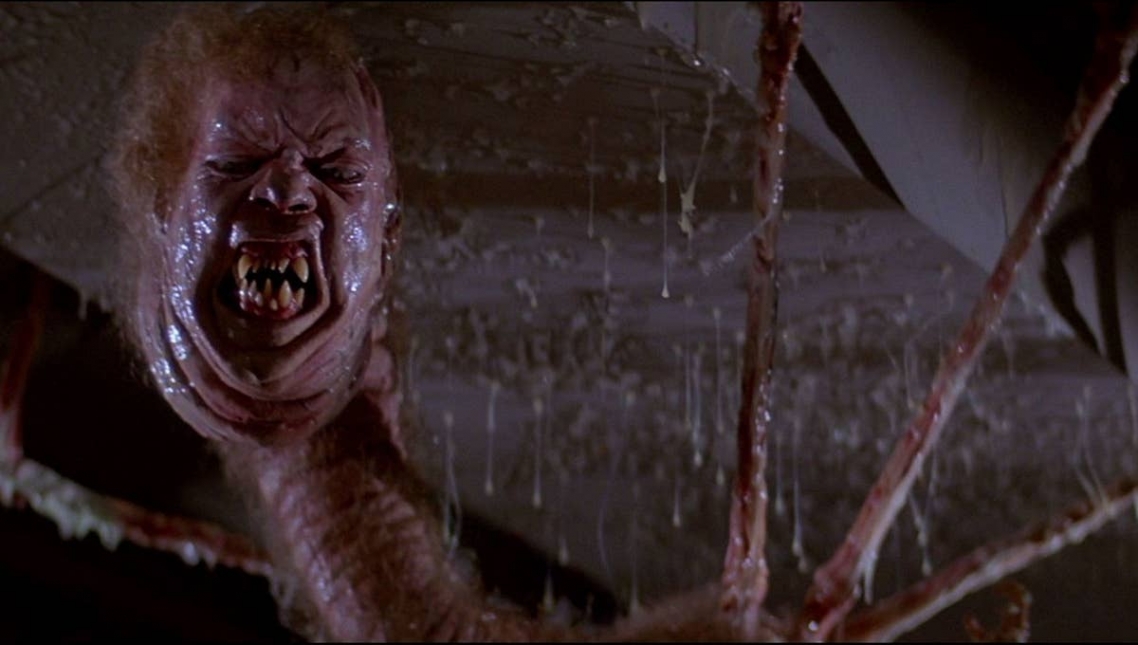
While in 70es they used new technologies very thoughtfully and careful, in 80es filmmakers got a taste of modern visual effects and animatronics and started to use it in their projects more actively. Monsters stayed the same but now they left shadows they were hiding in: monsters from “Alien” (1979) and “The Thing” (1982), werewolves from “An American Werewolf in London” (1981) and ghosts from “The Shining” (1980) and “A Nightmare on Elm Street” (1984).
Zombies got back in the game — starting with a brilliant satire about the consumer society like in “Dawn of the Dead” (1979) and ending with another amazing parody on the whole genre made by Peter Jackson “Braindead” (1992). Star that shone between these two was “The Evil Dead” (first movie released in 1981; the final season of sequel TV show — in 2018).
There was a new phobia that emerged with the widespread of HIV and AIDS (through sex and unsafe injections by drug addicts) and development of genetic technologies — it was the fear of what’s hiding inside us. This fear found its reflection in body-horrors (“The Society”, 1989; “Videodrome”, 1983; “Hellraiser”, 1987) successfully combined with new special effects, which allowed showing on screen all dark twisted fantasies about mutilated flesh. For example David Cronenberg’s movie “The Fly” (1986) is a remake of a classical horror film from 1958 — a metaphorical warning against the danger of drug addiction. The character of Jeff Goldblum, an inventor of a time travelling machine, failed an experiment and accidentally mixes his genes with ones of an insect. Inspired by the superpower he gained he noticed only after some time that his body starts to fall apart turning into something disgusting.
There is one conclusion studios made quite fast while seeing the breakthrough of their projects — you need to make sequels. The audience is already familiar with the characters, setting and plot, so there’s no need to worry about marketing — familiar faces in the poster playing familiar characters will definitely attract people to the cinema. Of course this concept wasn’t new — already Georges Melies made sequels to his film “A Trip to the Moon” (1902) in 1904 and we told you about film line by Universal Studio in 40-50es.
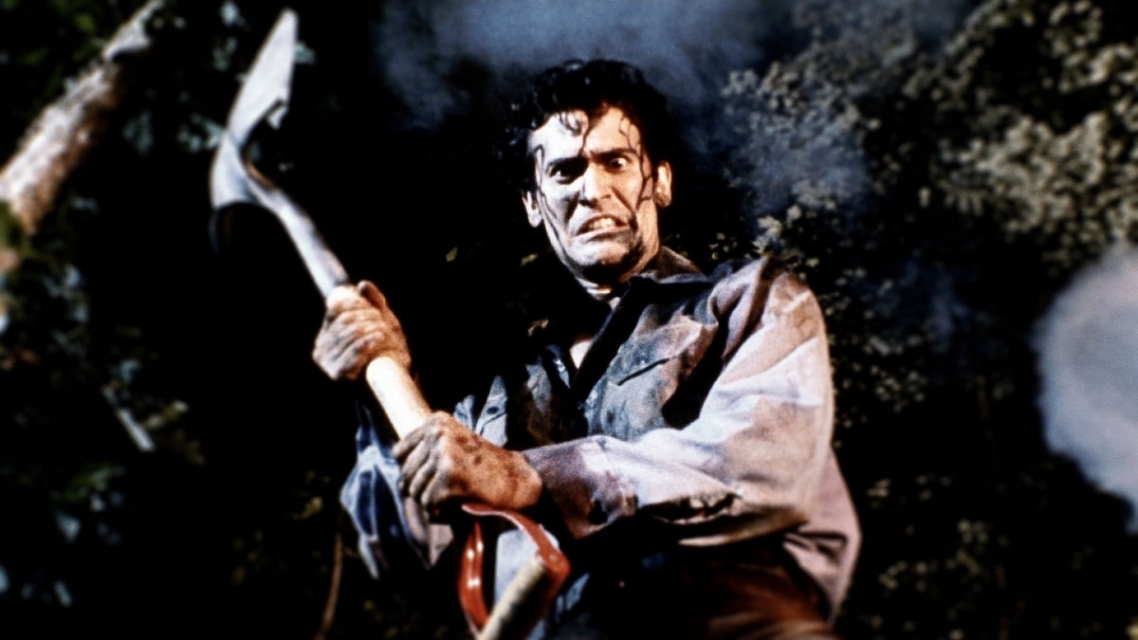
But, as we all know, a big number of sequels leads to parasyting on once interesting story and its destroying. Countless continuations of “Alien”, “Psycho”, “A Nightmare on Elm Street” were empty shell movies despite their good quality special effects. Well, not every sequel is bad — sometimes they exceed the original (Regards to the second part of “Evil Dead”!) but in the case with horror movies it’s more likely exceptio probat regulam in casibus non exceptis — an exception that only proves the rule. At the end of 80es seemed like the genre hit a dead end — all that was produced at that time was remakes and sequels to sequels multiplied by new sequels.
An outbreak of remakes and sequels engulfed 90es as well (“Bram Stocker’s Dracula”, 1992; “Jason Goes to Hell: The Final Friday”, 1993). But the brighter shone new villains against the backdrop of boring characters — smart serial killers. While in 60es and 70es maniacs looked more like a natural disaster the serial murderers of the new generation — sly, often very charismatic and attractive predators that act according to carefully planned strategy (“The Silence of the Lambs”, 1991; “Seven”, 1995). Numerous TV programs about real crimes also fueled interest to such movies. And it was easier to make this kind of horrors — they didn’t demand expensive special effects, sometimes a well-thought atmosphere of fear was more than enough.
Meanwhile, the new century was approaching slowly but unavoidably causing a new fear by the people — what it will bring with it? Will it really come or not? Many religious leaders expected Armageddon and the advent of Christ and Antichrist. Some were building bunkers and stocking up food, some turned to a faith. Filmmakers researched this topic in their movies too, thinking about death, life after death and the end of the world, — “The Sixth Sense” (1999), “Jacob’s Ladder” (1990), “Candyman” (1992), “In the Mouth of Madness” (1995), “The Others” (2001), different vampire movies (“Interview with the Vampire”, 1994; “Blade”, 1998).
Anyway the genre was gradually fading out. Horrors needed a shake-up and they got it from Wes Craven — and the most ironical thing about it was that it was another sequel. “Nightmare on Elm Street 7: New Nightmare” (1994) is mocking up what the franchise and Freddy himself turned into — not a frightening villain any more but tawdry catchwords and a costume eight years old children are wearing on Halloween; and the characters themselves acting not like real people but strictly according to genre rules. But this movie was only a foreword that prepared the viewers to the real breakthrough — “Scream” (1996), after which horrormakers got a second wind. Films like “Urban Legend” (1998) and “I Know What You Did Last Summer” (1997) rained down on the audience but they didn’t repeat success of “Scream”. Was it the film’s fault? Who knows.
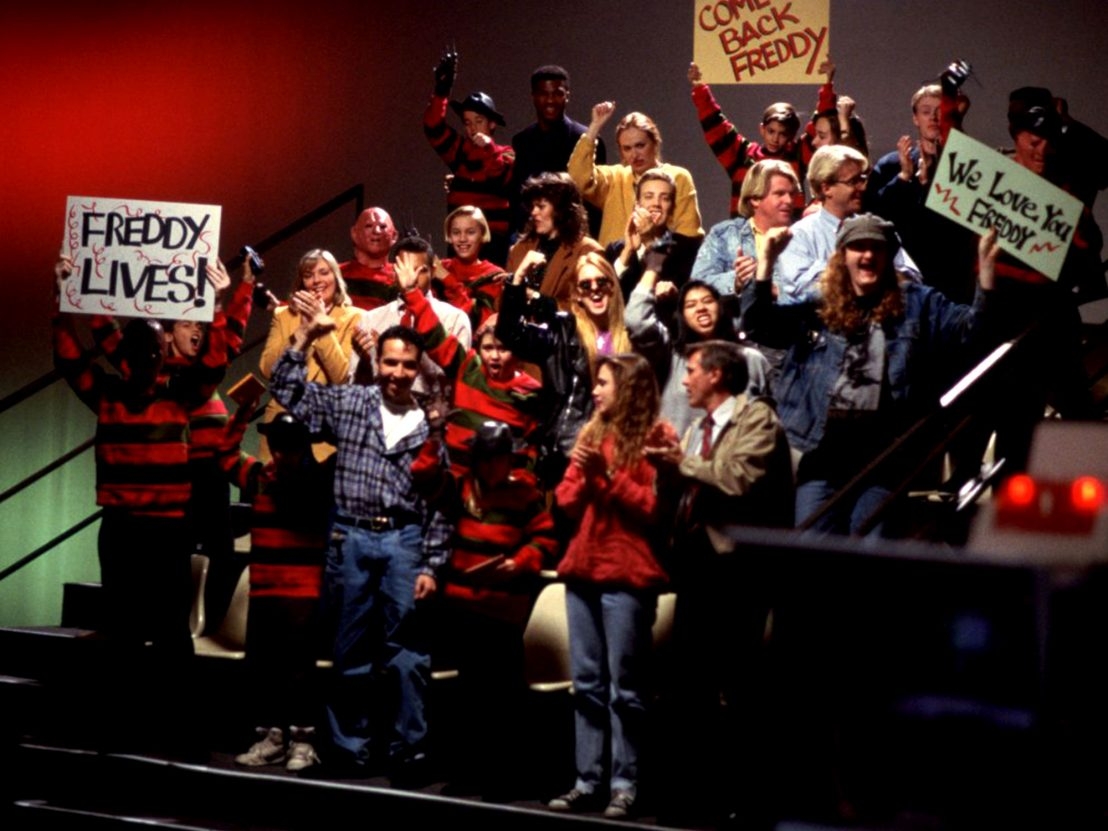
Talking about remakes. Thanks to the Internet, horror fans have been able to know what horrors are produced in other countries already since the middle of the 90es. At that time the world discovered, except anime, Japanese horror movies (“The Ring”, 1998; “Ju-On”, 2002), which became so popular Hollywood couldn’t just ignore them. Usual theme of Japanese horrors were vengeful ghosts and the reason for that was in system of believes in the country according to which the world of the spirits is very close to the ours, so we encounter it everyday without noticing.
However first horror movies in Japan have been produced already in 1898 (“Shinin no Sosei” and “Bake Jizo”) but unfortunately they are lost. First Japanese movies that were shown in USA were — “Onibaba” (Devil Woman, 1964) and “Kwaidan” (1964). An interesting fact: demons mask from “Onibaba” impressed William Friedkin so much he used its features for creating the image of a demon in “The Exorcist”. Asian horror cinematography gave us a pile of good quality films: “Audition” (1999), “A Tale of Two Sisters” (2003), “Kairo” (2001), “Dark Water” (2002) and from the recent ones — Korean zombie-horror “A Train to Busan” (2016). The history of Asian (first of all — Japanese) horror films, as well as the cinematography itself, is not only interesting but also really extraordinary, but it’s a topic for a future discussion.
Despite the fear of people in 1999, the year 2000 actually occurred; however for one country the end of the world happened in some way — on the 11th of September 2001, what affected its national climate severely. Almost all the horror movies, which should be screened in September or were still in production, were put aside. At some point there was even a thought about banning horror films. But already in 2005 they not only gained back their popularity but also beat their own success in 90es. However the evil in horrors changed again.
Of course, 9/11 wasn’t the first terrorist attack occurred at that time and influenced the whole industry. Already in 2000 the first film of “Final Destination” franchise was released, in January 2001 it was “Donny Darko”; a plane crash is mentioned in both of them. But the mood in them differs from later ones — they discuss the question of unavoidability of fate and are rather heirs of 90es than show premises of tragic events and their consequences for the characters like it become popular to do in 2000s.
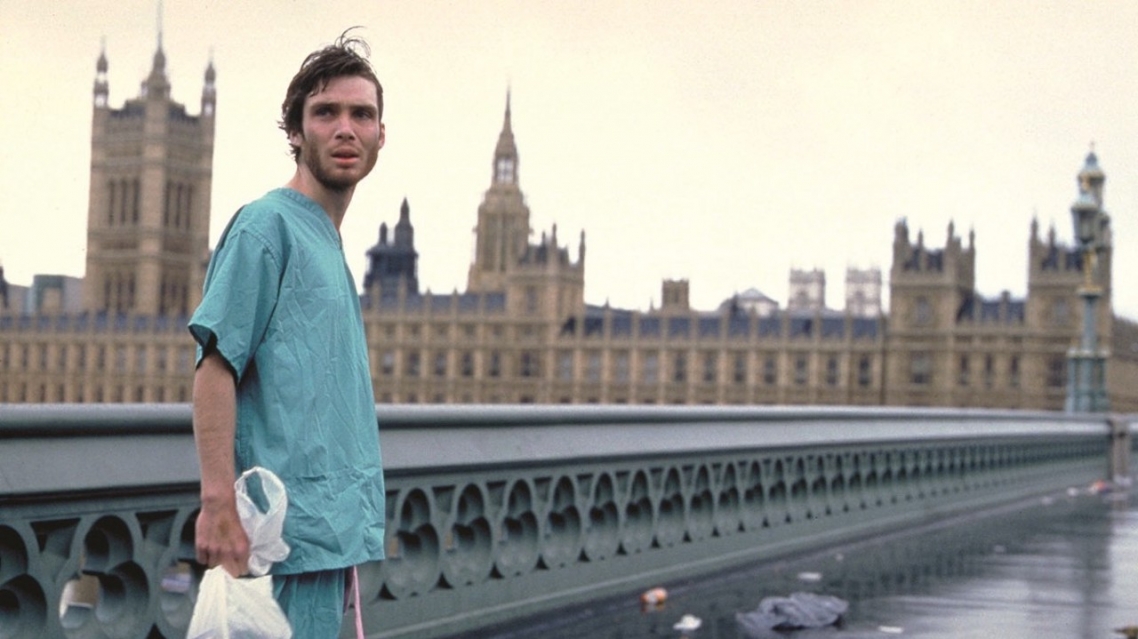
Exactly at this point news were actively reporting about war in Iraq and Afghanistan, which made the topic of war closer to the civilians than ever before and after terrorist attacks people were walking the streets looking back waiting for another one at any crowded place. Horrors about war were released: “Dog Soldiers” (2002) and “Deathwatch” (2002). But the climate in the world mostly became the catalysis for zombie films reincarnation. First of them was “28 Days Later” (2002) — empty streets of London with photos hanging on the walls were a direct reference to the events in New York. Anyway the film captured perfectly increasing level of mistrust between the population and authorities — the state “leaves” its citizens and military people create their own dictatorship. In movies, of course.
In 1999 “The Blair Witch Project” offered a new almost revolutionary form — fake footage — documentary style filming of fictional story that gives amazing realistic effect of presence. This form excellently fit in with the horrors of 00es inviting the viewers to become a part of the action. This trick was also used in “Paranormal activity” (2007), “[Rec]” (2007) and “Cloverfield” (2009).
At the same time there was a short period when splatter films and “torture porn” thrived. Usually we associate torturing with psychos, Nazis, dictators, drug lords or terrorists when they represent the highest level of control a psycho had over a victim. The genre itself wasn’t new — the term “splatter” had been introduced already by George Romero. In 00es tortures suddenly turned into sensation and amusement — mass media and Internet contributed to wide spreading of videos and photos similar to that soldiers took in Abu-Ghraib or Guantanamo jails. It was not long for cinematography to react on that: “Martyrs” (2008), “Hostel” (2005), “The Human Centipede” (2009), “The Collector” (2009), “A Serbian Film” (2010). However the whole trend was started with “Saw” (2004). And even earlier there was the horror that broke the fourth wall “Funny Games” (1997), but its American remake from 2007 with well-known actors was more popular.
By the 2010s the interest to religious horrors started to grow again but this time you could see “based on real events” phrase more and more (“The Exorcism of Emily Rose”, 2005; a line of films “The Conjuring”, 2013; “The Autopsy of Jane Doe”, 2016). Already at the end of the decade religious horrors were replaced by folk ones (“The VVitch: A New England Folktale”, 2015; “Midsommar”, 2019; “The Skeleton Key”, 2005).
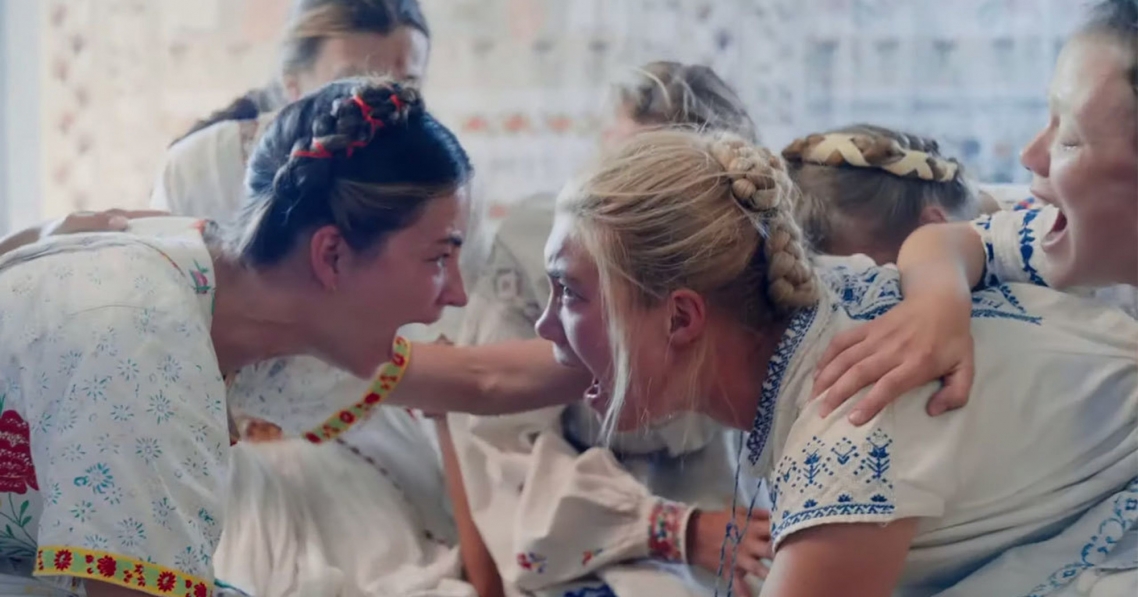
More and more films expose acute social problems of modern society (racism in “Get Out”, 2017; class inequality in “Us”, 2019 and “Ready or Not”, 2019; society’s obsession with beauty standards in “The Neon Demon”, 2016; racism, bullying and homophobia in “It”, 2017). From the other hand, they started to produce horrors about personal tragedies (“The Babadook”, 2014; “Hereditary”, 2018; “A Quiet Place”, 2018; “Oculus”, 2013).
After few parodies such as “Tucker and Dale Vs. Evil” (2010) the genre of comedy horrors gains in popularity — “Freaky” (2020), “The Babysitter” (2017), “The Cabin in the Woods” (2011), “Happy Death Day” (2017), “Little Monsters” (2019). One of them was “Jennifer’s Body” (2009) that gave a chance to female directors to enter mainstream horror cinematography (“American Mary”, 2012; “Raw”, 2016; “Relic”, 2020).
What could all these movies say about 2010s?
A new decade began and it’s difficult to predict what new topics it will provide for the future horror films. Will we be more scared of a villain without a mask than of wearing one? Will streets crowded with people tired of social and economical changes and turmoil be our new fear instead of empty ones? Or maybe it will become a new way to fight with a villain threatening the characters? Who knows.
As for now. Fear. Fear more than ever.
Key horror films which influenced cinematography:
- Saw, 2004
- The Birds, 1963
- A Nightmare on Elm Street, 1984
- Viy, 1967
- Misery, 1990
- Dr. Jekyll and Mr. Hyde, 1931
- The Mummy, 1932
- The Blair Witch Project, 1999
- 28 Days Later, 2002
- Scream, 1996
- Alien, 1979
- Jaws, 1975
- The Exorcist, 1973
- The Thing, 1982
- The Texas Chain Saw Massacre, 1974
- The Shining, 1980
- The Ringu, (1998)
- Night of the Living Dead, 1968
- Dawn of the Dead, 1978
- The Evil Dead, 1981
- Poltergeist, 1982
- Hellraiser, 1987
- Friday the 13th, 1980
- Frankenstein, 1931
- Bride of Frankenstein, 1935
- Psycho, 1960
- Rosemary’s Baby, 1968
- Dracula, 1931
- Häxan, 1922
- The Omen, 1976
- The Wicker Man, 1973
- An American Werewolf in London, 1981
- Freaks, 1932
- The Others, 2001
- The Cabinet of Dr. Caligari [Das Cabinet des Dr. Caligari], 1920
- I Walked With a Zombie, 1943
- The Innocents, 1961
- Carnival of Souls, 1962
- The Fly, 1986
- Jacob’s Ladder, 1990
- Blood and Black Lace [6 donne per l'assassino], 1964
- Ju—On: The Grudge, 2002
- Audition [Odishon], 1999
- A Tale of Two Sisters [Janghwa, Hongryeon], 2003
- Pulse [Kairo], 2001
- Dark Water [Honogurai Mizu no soko kara], 2002
- Train to Busan [Busanhaeng], 2016
- Martyrs, 2008
- Funny Games, 1997
- The Exorcism of Emily Rose, 2005
- Midsommar, 2019
- Get Out, 2017
- Us, 2019
- The Babadook, 2014
- Hereditary, 2018
- A Quiet Place, 2018
- The Cabin in the Woods, 2011
- Jennifer's Body, 2009
- American Mary, 2012
- Raw, 2016
Our top list of horror films that include…
…Ghosts, Spirits, Demons:
It Follows, 2014
“It could look like someone you know or it could be a stranger in a crowd. Whatever helps it get close to you.”
IMDb ranking: 6.8
Genres: horror, thriller
Certificate: 18+
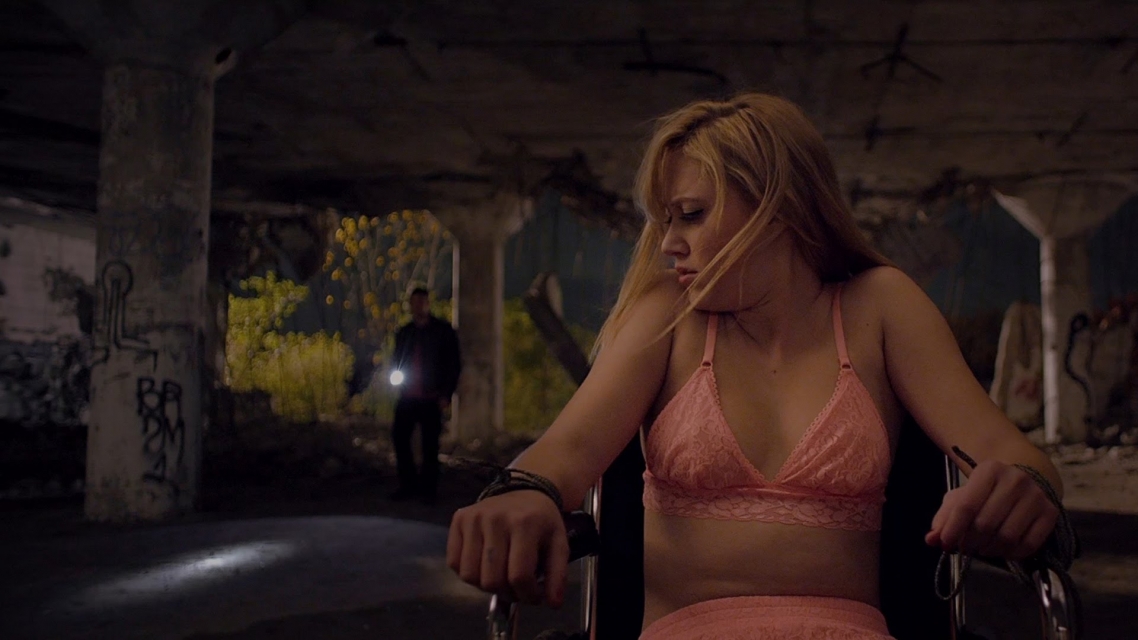
After a seemingly innocent sexual encounter, nineteen years old Jay starts to see very strange visions. It feels that something or someone is stalking her.
The Changeling, 1980
“That house is not fit to live in. No one's been able to live in it. It doesn't want people.”
IMDb ranking: 7.2
Genres: horror
Certificate: 16+
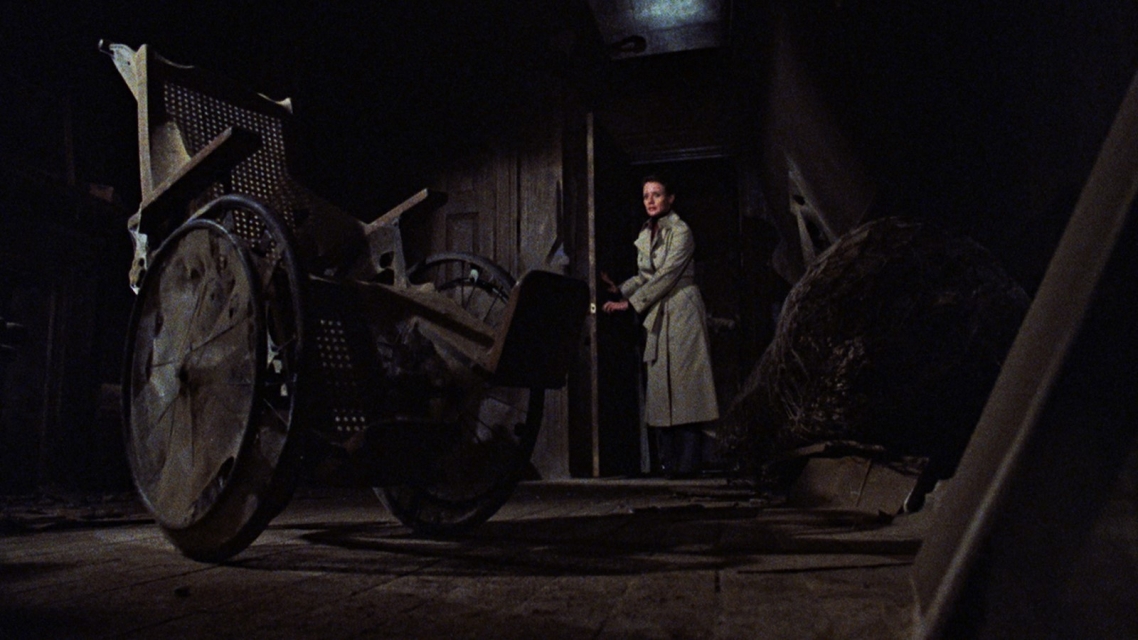
Professor John Russell moves to an old manor after a terrible tragedy – death of his wife and daughter in a car accident. After some time he starts to suspect that something sinister happened in this house and the key to the mystery could be found on the attic.
Under the Shadow, 2016
“If they steal your beloved personal item, something you value the most – you are done, there’s no escape.”
IMDb ranking: 6.9
Genres: horror, drama, fantasy
Certificate: 14+
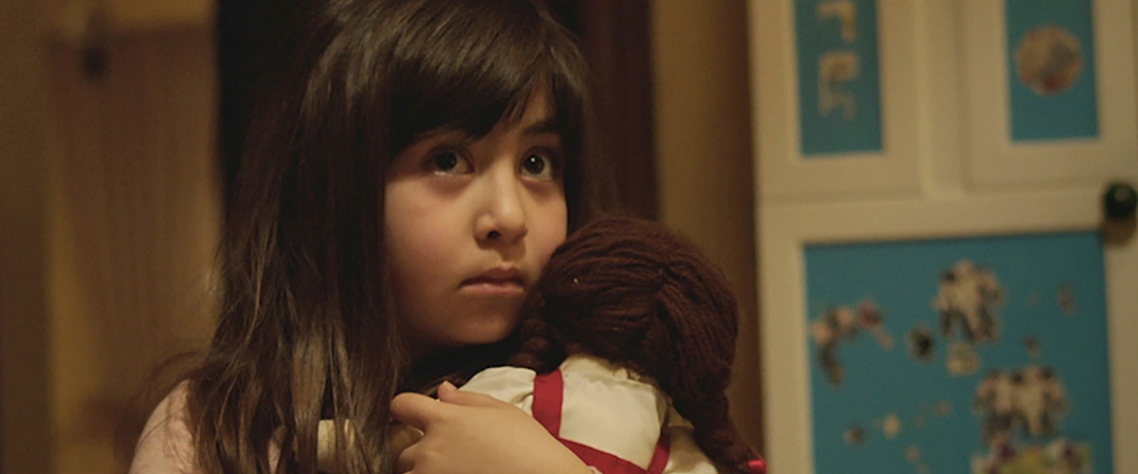
Tehran, 1980s, the time after revolution. Mother and daughter surviving during this tough time face a mysterious evil force haunting their house.
Tigers Are Not Afraid [Os Tigres Nao Tem Medo], 2017
“Those tigers are to protect her.”
IMDb ranking: 7.0
Genres: horror, drama
Certificate: 16+
![Tigers Are Not Afraid [Os Tigres Nao Tem Medo], 2017 Tigers Are Not Afraid [Os Tigres Nao Tem Medo], 2017](/sites/default/files/u9/tigers_are_not_afraid.jpg)
Estrella is twelve, she lives in torn apart by drug wars Mexico and one day her mother doesn’t return back home. In order to survive, she has to join a group of orphan kids, who get in a conflict with a local drug lord.
The Orphanage [El Orfanato], 2007
“Seeing is not believing. It's the other way around. Believe, and you will see.”
IMDb ranking: 7.4
Genres: horror, drama, fantasy
Certificate: 16+
![The Orphanage [El Orfanato], 2007 The Orphanage [El Orfanato], 2007](/sites/default/files/u9/the_orphanage.jpg)
When Laura remembers her childhood in an orphanage it’s always pictures as careless time at seashore to her. As an adult she returns back with her husband and son to re—establish it. But after their arrival her son disappears. While searching for the kid, Laura faces the memories that turn out not as happy as they seemed to be.
Goodnight Mommy [Ich seh, Ich seh], 2014
“Where is our mommy?”
IMDb ranking: 6.7
Genres: horror, mystery, thriller, drama
Certificate: 18+
![Goodnight Mommy [Ich seh, Ich seh], 2014 Goodnight Mommy [Ich seh, Ich seh], 2014](/sites/default/files/u9/goodnight_mommy.jpeg)
Ten years old twins Elias and Lukas live in a house in the middle of a cornfield waiting for their mother to come back home. When she returns, her face is wrapped in bandages. She acts strange, seems cold and distant, so boys begin to suspect that it’s not their mom who they welcomed back home.
Dead of Night, 1945
“Doctor, I dreamed I was on a train passing through a tunnel.”
IMDb ranking: 7.6
Genres: horror drama
Certificate: 16+
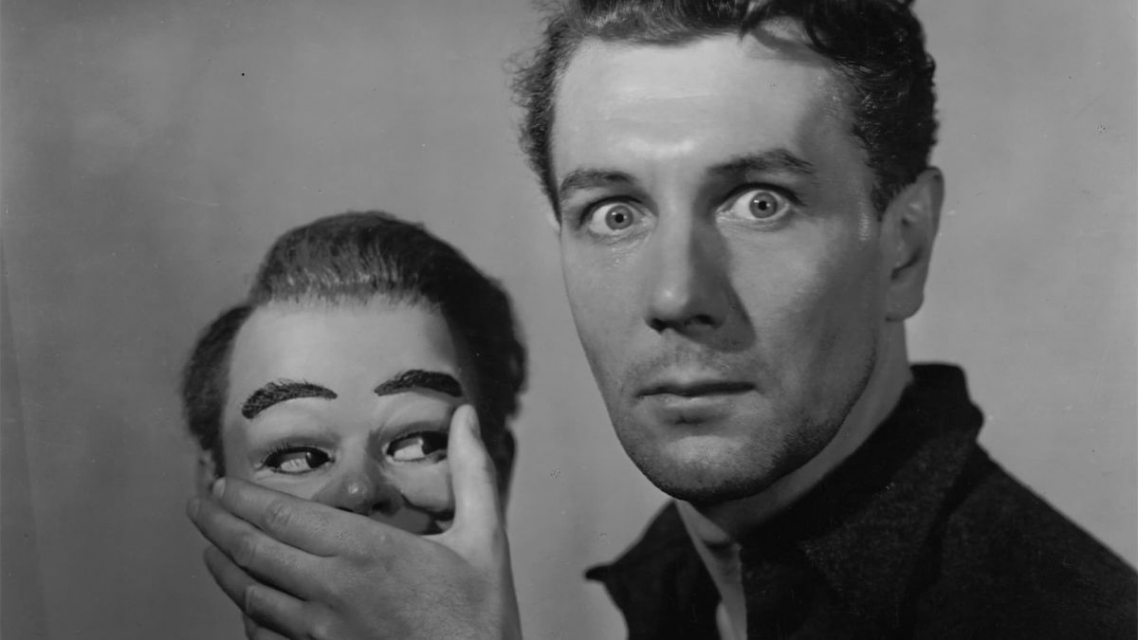
Architect Walter Craig was invited to the house of his mysterious client. Upon arrival the place and other guests seem familiar to him but he can’t remember anything about them. One after another guests start to tell stories about supernatural powers.
The Phantom Carriage / Körkarlen, 1921
“Lord, please let my soul come to maturity before it is reaped.”
IMDb ranking: 8.1
Genres: horror, drama, fantasy
Certificate: 12+
![The Phantom Carriage [Körkarlen], 1921 The Phantom Carriage [Körkarlen], 1921](/sites/default/files/u9/the_phantom_carriage.jpg)
There is an ancient legend: one who sinned a lot and died last in the past year will drive the Chariot carrying souls of the dead the next year. A drunkard named David Holm dies at the stroke of midnight on 31st of December.
Black Cat / Yabu no naka no kuroneko, 1968
“Kill the demons that are ripping samurais’ throats by Rashyomon gate every night.”
IMDb ranking: 7.7
Genres: horror, drama
Certificate: 16+
![Black Cat [Yabu no naka no kuroneko], 1968 Black Cat [Yabu no naka no kuroneko], 1968](/sites/default/files/u9/black_cat.jpg)
Mother and daughter were raped and cruelly murdered by samurais. Both women resurrected as black cats killing every samurai passing by their place.
1408, 2007
“Even if you leave this room, you can never leave this room!”
IMDb ranking: 6.8
Genres: horror, mystery
Certificate: 16+

Mike Enslin writes books about haunted places however he doesn’t believe in these stories himself. One day he receives a postcard from “Dolphin” hotel with a message “Don’t go inside the room 1408!” Mike faces the resistance of the administrator after he came to check the rumours about infamous room. But he’s not going to back down.
Crimson Peak, 2015
“Ghosts are real, that much I know.”
IMDb ranking: 6.5
Genres: horror, drama, fantasy
Certificate: 18+
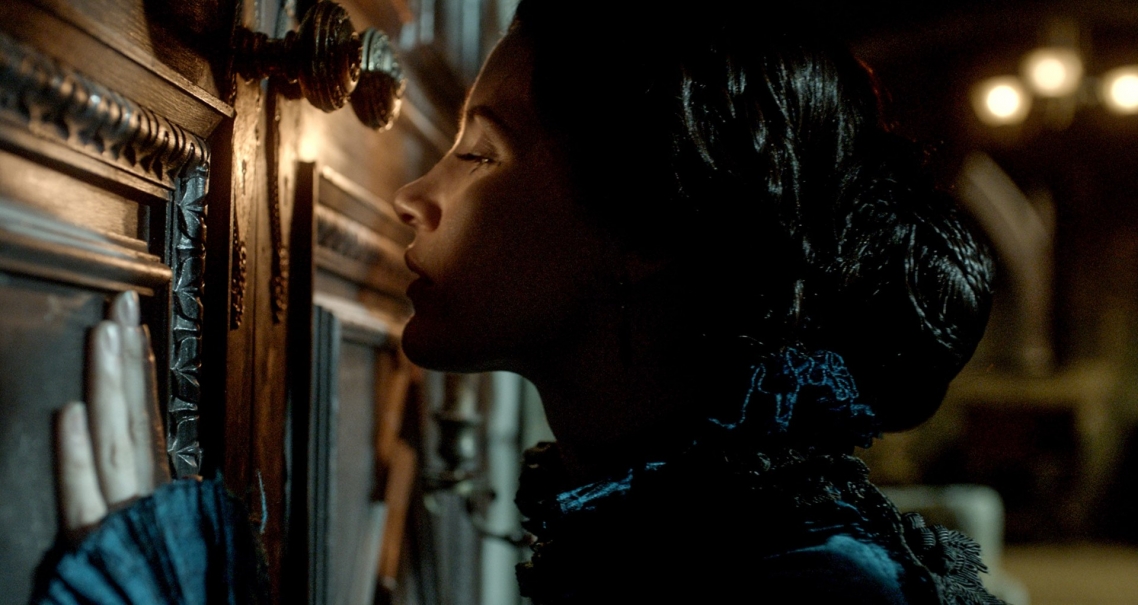
After her father passed away under strange circumstances, Edith Cushing moves to England to live together with her beloved Thomas Sharpe and his sister Lucille. Half—ruined manor of the family is built on red clay mine. The house itself seems to be alive: Edith hears strange sounds and noises like moaning and sometimes she sees crimson ghosts.
The Devil’s Backbone / El espinazo del diablo, 2001
“What is a ghost? A tragedy condemned to repeat itself time and again? An instant of pain, perhaps. Something dead which still seems to be alive. An emotion suspended in time. Like a blurred photograph. Like an insect trapped in amber.”
IMDb ranking: 7.4
Genres: horror, drama
Certificate: 18+
![The Devil’s Backbone [El espinazo del diablo], 2001 The Devil’s Backbone [El espinazo del diablo], 2001](/sites/default/files/u9/the_devils_backbone.jpg)
Twelve years old Carlos gets into an orphanage after his father dies during The Spanish Civil War. The orphanage keeps many dark secrets, one of which is a mysterious disappearance of a boy called Santi at the night of bombing.
Dead Silence, 2007
“Beware the stare of Mary Shaw
She had no children only dolls
And if you see her in your dreams
Be sure to never ever scream.”
IMDb rankig: 6.2
Genres: horror, thriller, mystery
Certificate: 16+
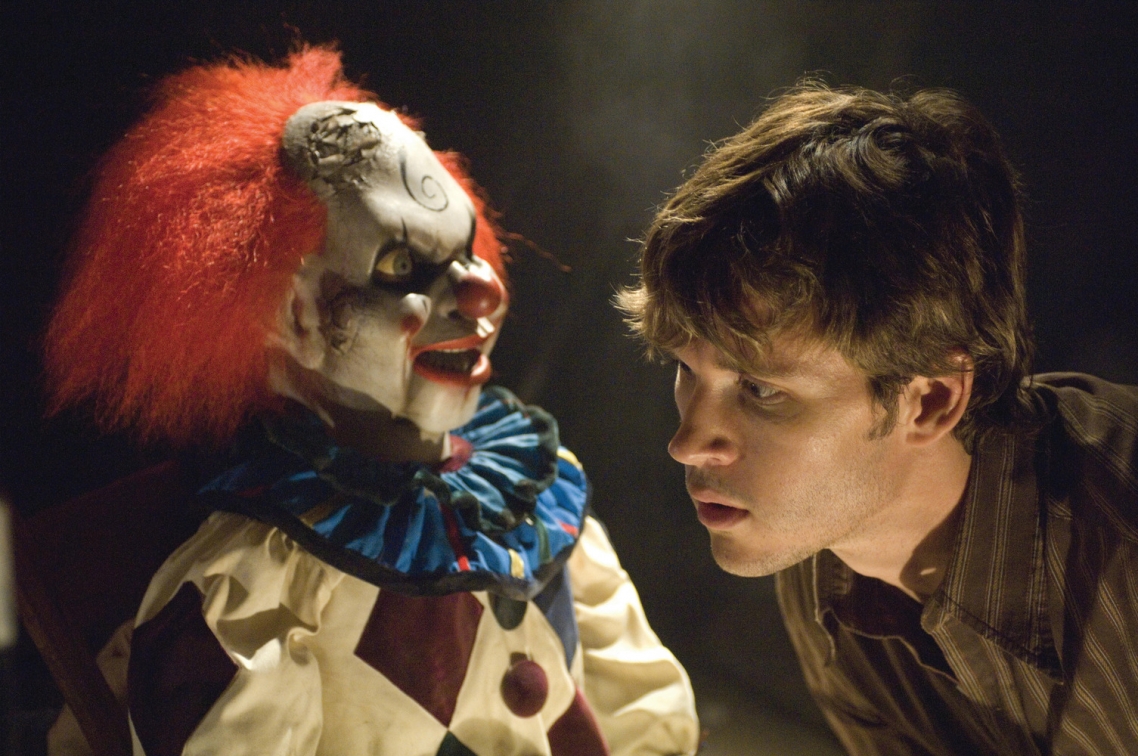
Jamie and Lisa get a parcel with an ugly ventriloquist doll and Lisa is killed at the same evening. Jamie returns to his hometown to find his wife’s murderer. It seems to be somehow connected with Mary Shaw, a ventriloquist buried together with all her dolls.
Grave Encounters, 2011
“We have a right to be here! We have a permit, and you don't!”
IMDb ranking: 6.1
Genres: horror, thriller
Certificate: 16+
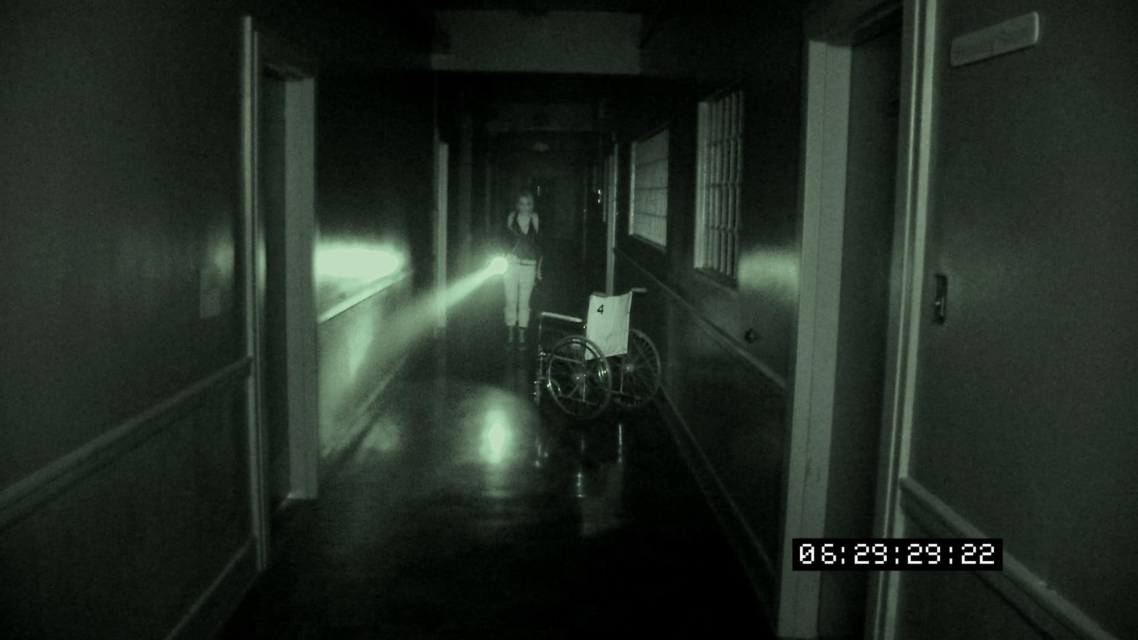
“Encounters” is a reality show which participants explore places with paranormal activity. For shooting of a new episode, the production crew lock themselves in an abandoned psychiatric hospital people telling creepy stories about.
As Above, So Below, 2014
“The only way out is down.”
IMDb ranking: 6.2
Genres: horror, thriller, mystery
Certificate: 16+
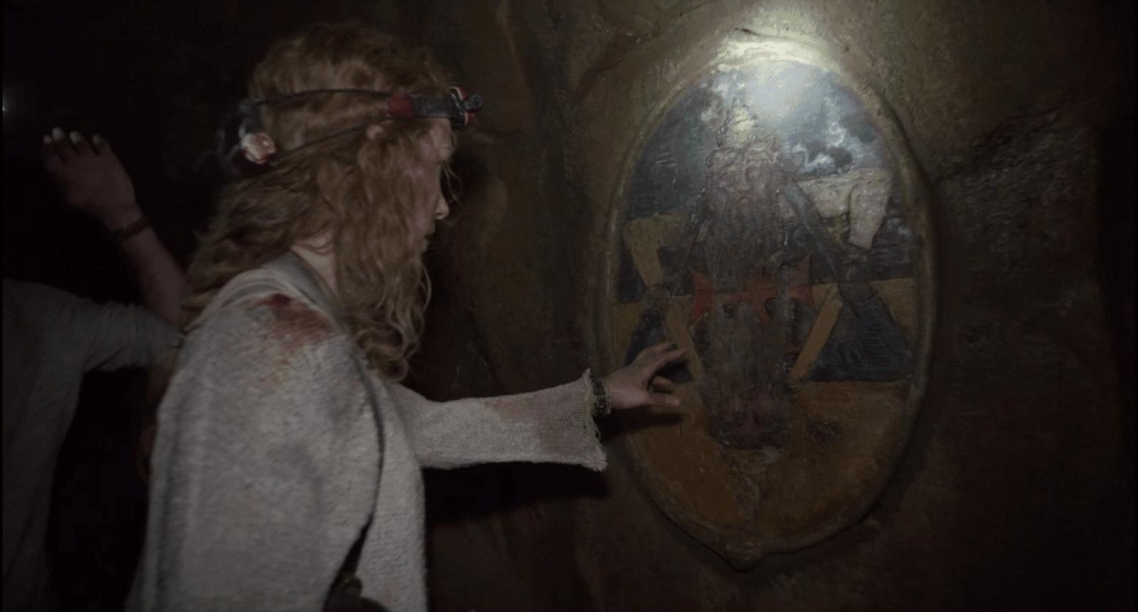
Scarlett devoted her life to the search of philosopher’s stone that, according to the legend, makes you immortal and turns any metal into gold. She finds out that the stone could be in Paris’ catacombs. She gathers a team to investigate mysterious places where people go missing from time to time.
The Boy, 2016
“Be good to him and he'll be good to you. Be bad to him and...”
IMDb ranking: 6.0
Genres: horror, thriller, mystery
Certificate: 16+
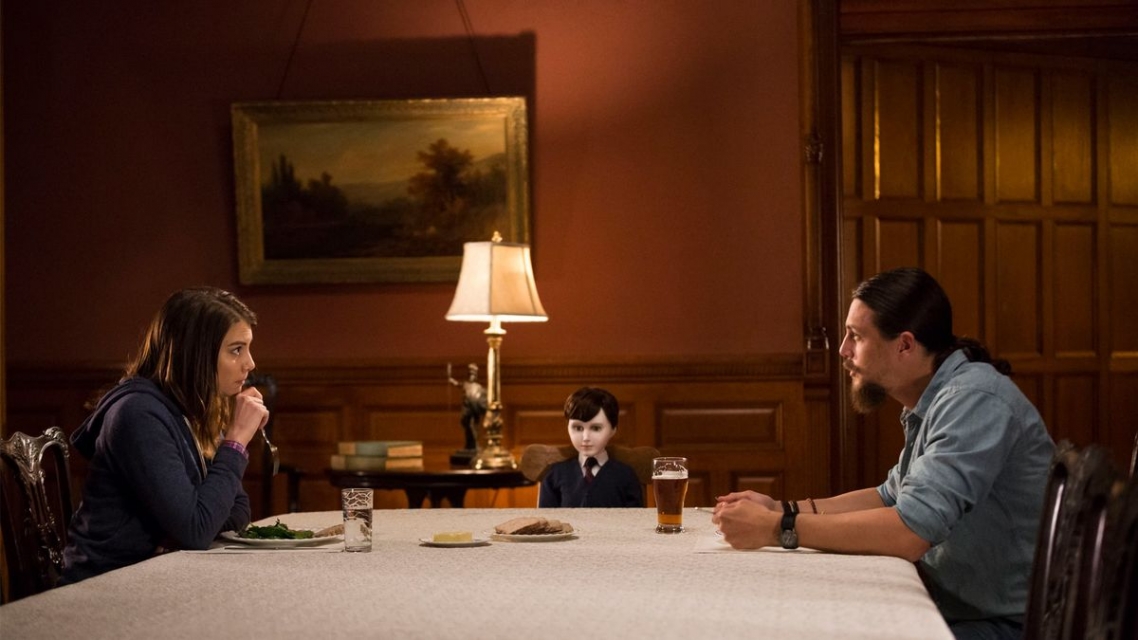
Greta, a babysitter from America, was invited by a rich British family to look after their son Brahms. The problem is that Brahms is a doll the couple believes is alive. They give a list of rules to the girl and go on a vacation leaving her alone with the doll. Soon Greta realizes the doll is not that “inanimate” she thought before.
The Ritual, 2017
“Today your ritual is to serve him with honour.”
IMDb ranking: 6.3
Genres: horror, thriller, mystery
Certificate: 18+
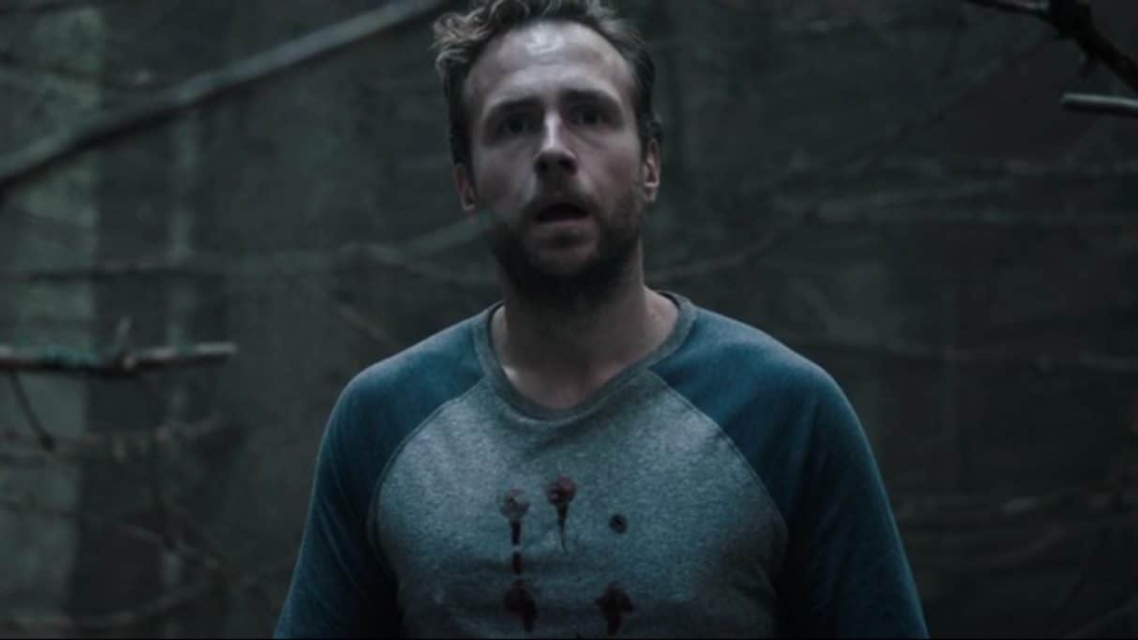
Four former classmates set on a hiking trip to honour the memory of their deceased friend. Everything seems going well first until they begin to feel something is coming right behind them.
…Psychos, Cannibals, Human Against Human:
The Eyes of My Mother, 2016
“Loneliness can do strange things to the mind.”
IMDb ranking: 6.2
Genres: horror, drama
Certificate: 18+
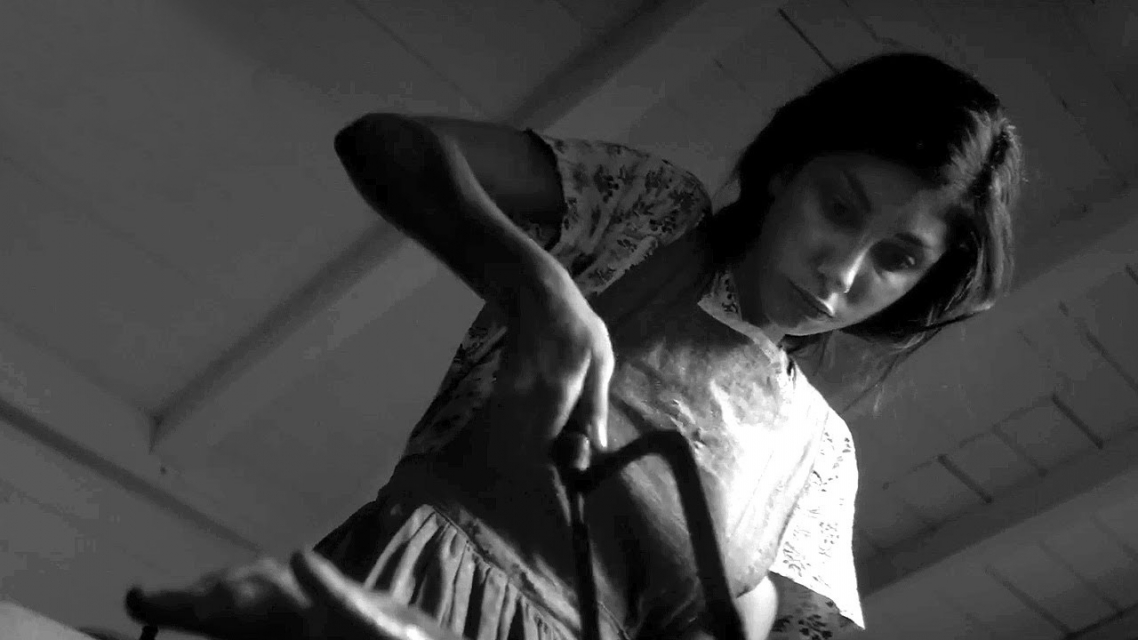
At a small solitary farm mother teaches little Francisca anatomy and that life and death should not to be feared. One day their quiet and calm life goes upside down because a mysterious stranger. After that case Francisca grows up as a strange girl with a strong attachment to her father but eager to explore the world. Her wish takes a bizarre shape.
The Hitcher, 1986
“Actually we're all from Mars around here, we keep our spaceship out back. So... what planet are you from?”
IMDb ranking: 7.2
Genres: horror, thriller, action
Certificate: 16+
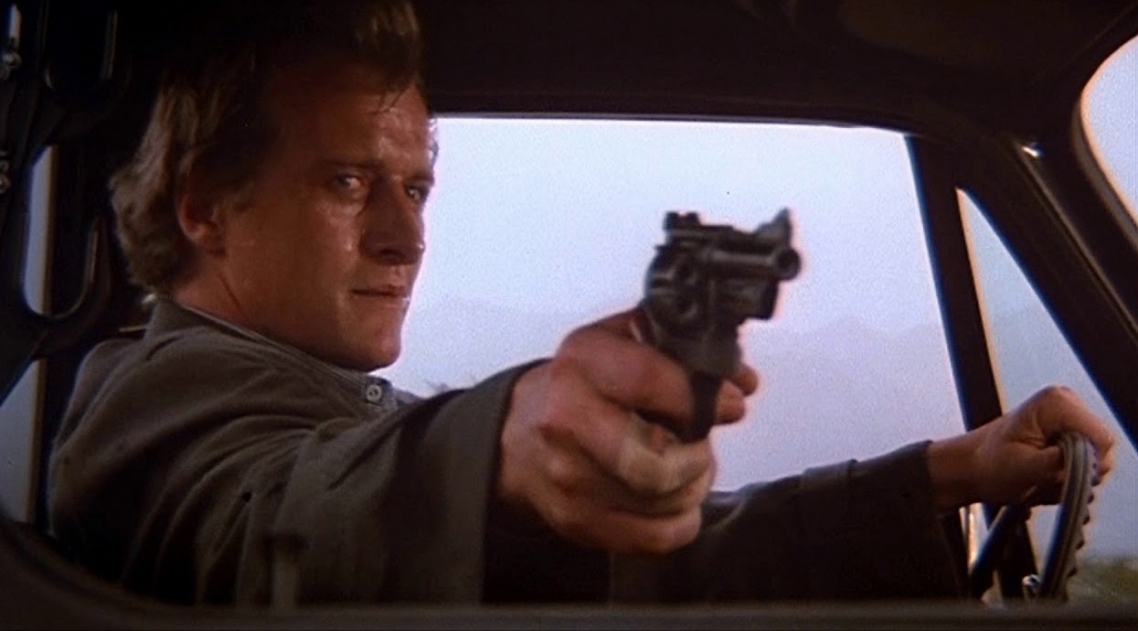
Jim is quietly driving on a highway pulling the car to Texas. On his way he meets a man hitching a lift. Jim decides to do a good—natured deed and picks him up but he doesn’t know yet in what danger he put himself.
Deep Red / Profondo rosso, 1975
“I'm sorry 'cause I like you, but I have to kill you.”
IMDb ranking: 7.6
Genres: horror, thriller, mystery
Certificate: 18+
![Deep Red [Profondo rosso], 1975 Deep Red [Profondo rosso], 1975](/sites/default/files/u9/deep_red.jpg)
At a lecture for parapsychologists a famous psychic predicts that there is death in the room. Soon she is found dead. A pianist from Britain gets accidentally involved in the case. He has to start his own investigation if he doesn’t want to be the next victim.
Dumplings / Gau ji, 2004
“They say your dumplings are the most expensive.”
IMDb ranking: 6.8
Genres: horror, drama
Certificate: 18+
![Dumplings [Gau ji], 2004 Dumplings [Gau ji], 2004](/sites/default/files/u9/dumplings.jpg)
Miss Li is an aging actress with stalled career, whose beauty is fading and marriage falling apart. Rumours about Auntie Mei’s dumplings, tasting awful but working miracles, reach her. And this is thanks to one secret ingredient.
Eyes Without a Face / Les yeux sans visage, 1960
“My face frightens me. My mask frightens me even more.”
IMDb ranking: 7.7
Genres: horror, drama
Certificate: 18+
![Eyes Without a Face [Les yeux sans visage], 1960 Eyes Without a Face [Les yeux sans visage], 1960](/sites/default/files/u9/eyes_without_a_face.jpg)
Everyone think that Christiane, daughter of Genessier surgeon, was kidnapped and murdered. In reality the girl got disfigured in a car accident that happened because of her father and is hiding at home now. Genessier will do anything to return his daughter her face back.
Ravenous, 1999
“It's lonely being a cannibal; tough making friends.”
IMDb ranking: 7.0
Genres: horror, adventure
Certificate: 16+
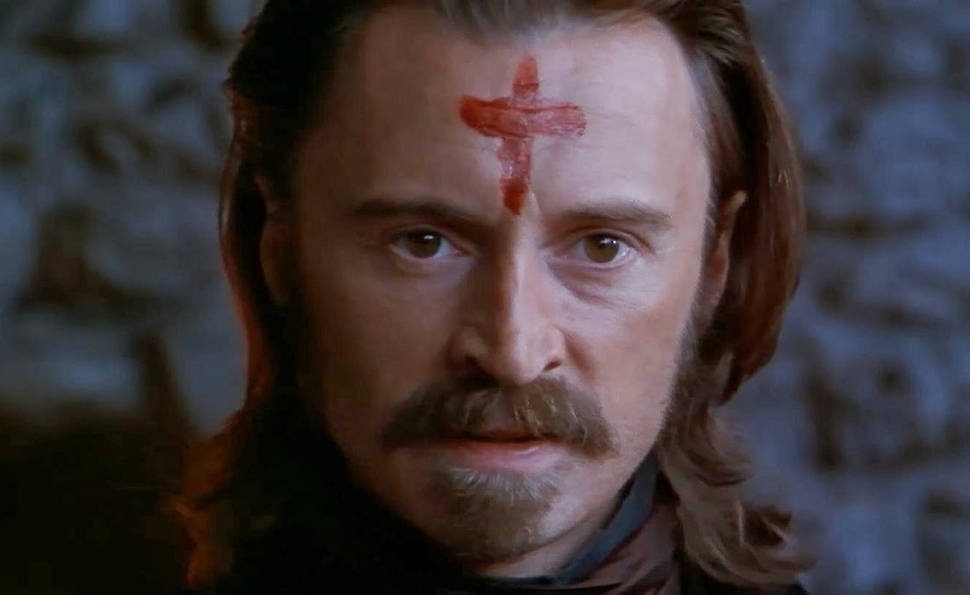
Middle of the XIX century, the height of the war between Mexico and USA. After a misconduct Capitan John Boyd is sent to a remote fort in California mountains. One day he and his troop go on a rescue mission but they have no idea what they will face.
The Skin I Live in / La piel que habito, 2011
“I breathe. I breathe. I breathe. I know I breathe.”
IMDb ranking: 7.6
Genres: horror, thriller, drama
Certificate: 16+
![The Skin I Live in [La piel que habito], 2011 The Skin I Live in [La piel que habito], 2011](/sites/default/files/u9/the_skin_i_live_in.jpg)
World famous surgeon Robert Ledgard made an announcement that he invented an artificial human skin. He claims that all the tests were made on lab mice but it’s a lie. In reality he keeps a woman named Vera locked up and it’s she who is his guinea pig.
Dread, 2009
“I want us to take our study to the next level.”
IMDb ranking: 5.7
Genres: horror, drama, thriller
Certificate: 18+
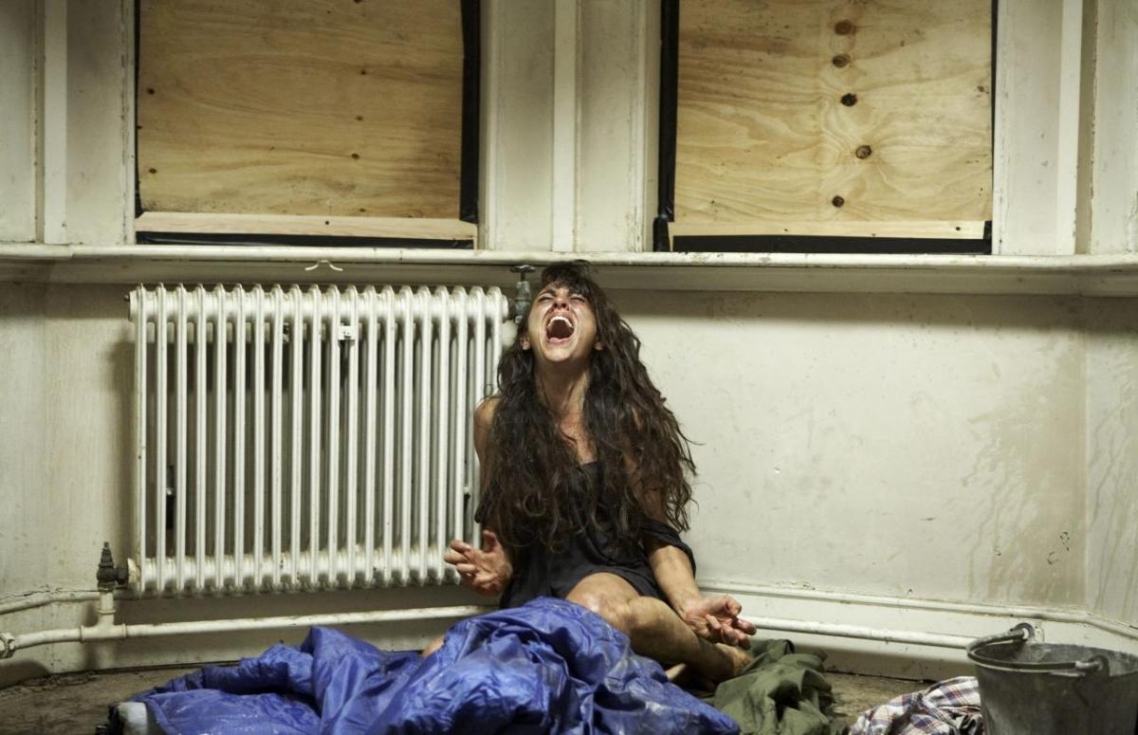
Three students decided to make a psychological survey – they interview people asking about the scariest moments they went through in their lives. But one of the students turns out to be a sadistic psychopath, who want go further in their experiment.
The Visit, 2015
“Would you mind getting inside the oven to clean it?”
IMDb ranking: 6.2
Genres: horror, thriller, mystery
Certificate: 16+
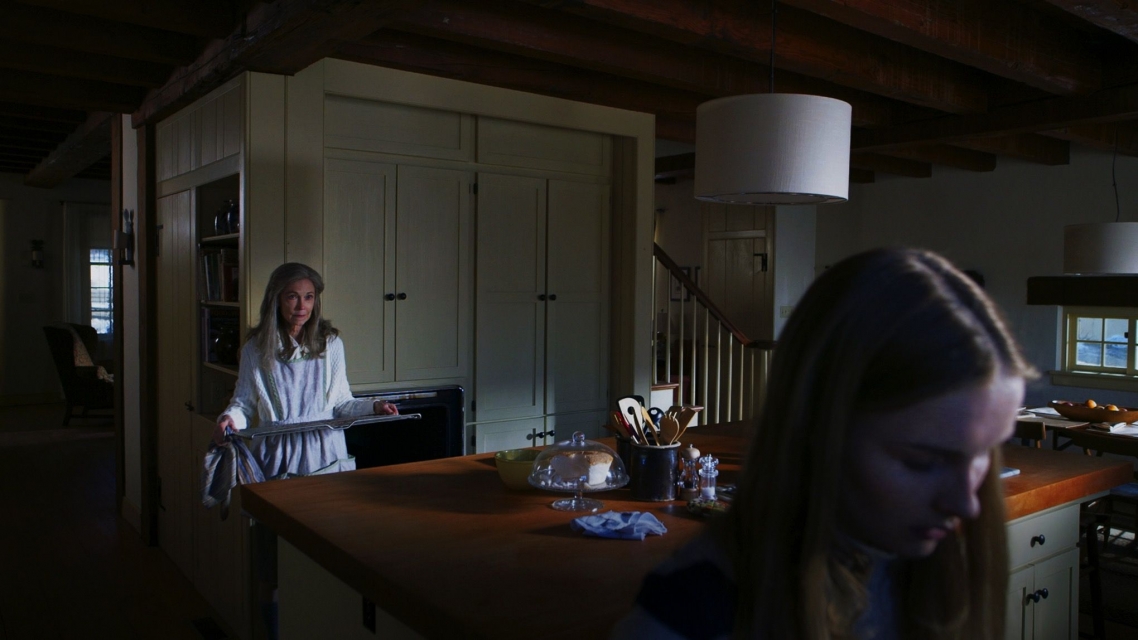
Many years ago a girl ran away from home after an argument with her parents. But she wants to get back together, so she sends her children to visit their grandparents on vacations.
The Lighthouse, 2019
“Doldrums. Doldrums. Eviler than the Devil. Boredom makes men to villains, and the water goes quick, lad, vanished.”
IMDb ranking: 7.5
Genres: horror, drama, fantasy
Certificate: 18+
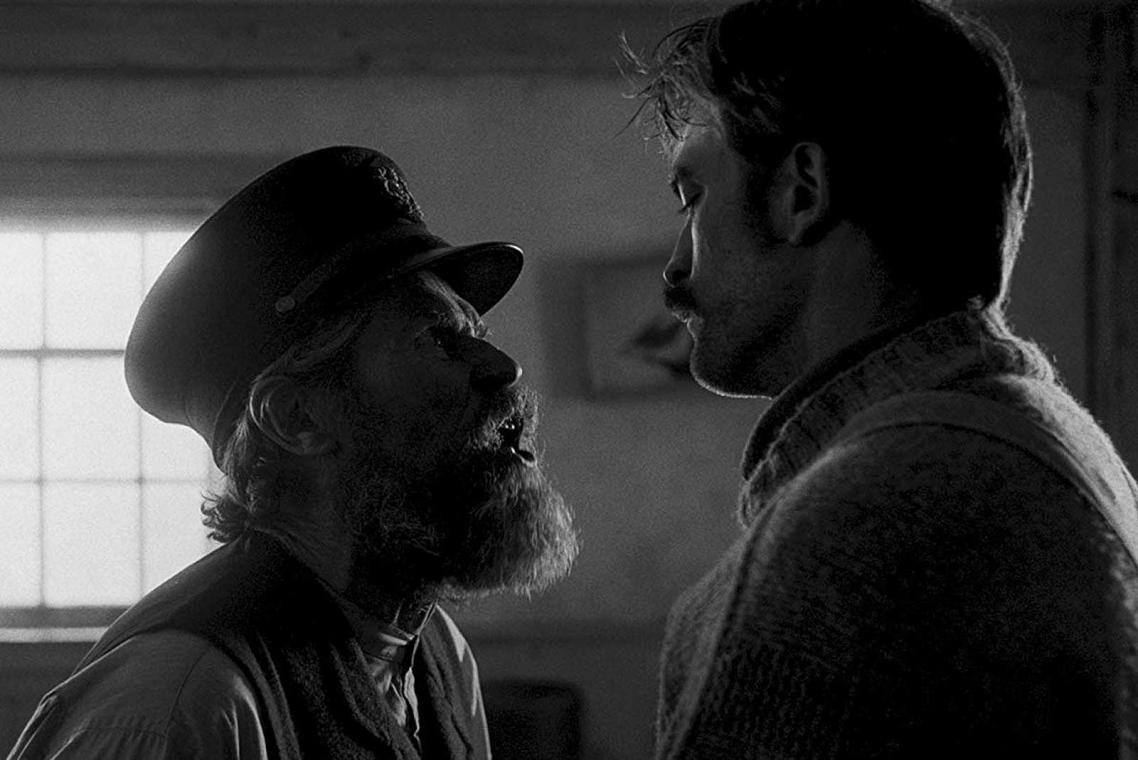
1890s, New England seashore. Ephraim Winslow, former lumberjack, arrives to a remote island to work as a new assistant of the lighthouse keeper Thomas Wake. Limp bearded drinker Wake treats Winslow like an own slave: leaves all the dirty work to him and forbids him to operate the light. Ephraim is haunted by ghosts of the past so he hits the bottle more often. Soon strange events start to happen on a stone island – are they real or is it just inside Winslow’s head?
…Zombies:
Phantasm, 1979
“You think when you die, you go to heaven. You come to us!”
IMDb ranking: 6.7
Genres: horror, sci-fi
Certificate: 16+
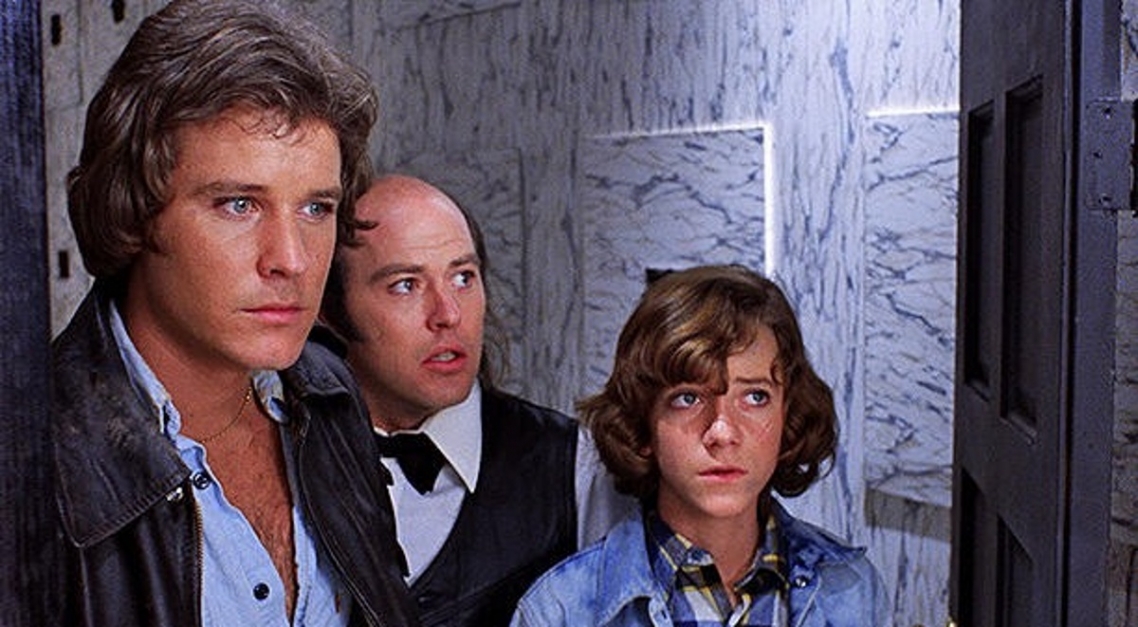
Teenage boy called Mike and his friends face off against a mysterious Tall Man and his zombie slaves. He robs the graves and turns dead bodies into something terrible.
Overlord, 2018
“They have been given a purpose.”
IMDb ranking: 6.6
Genres: horror, action
Certificate: 18+
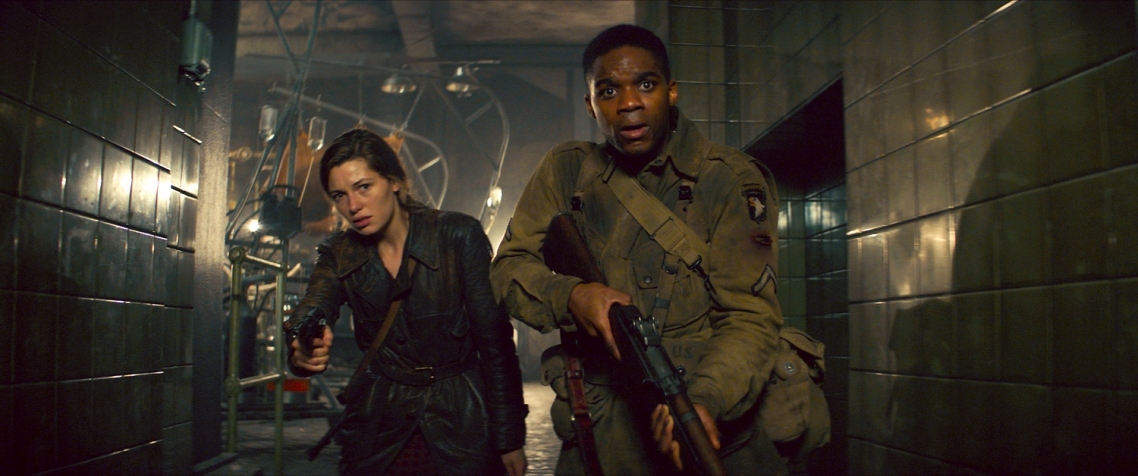
Second World War. A troop of American soldiers got a mission – to destroy a radio mast Germans use to send messages. Americans invade into an occupied village unaware it’s not only Germans awaiting them there.
Maggie, 2015
“Dad, you've protected me all your life. Now it's my turn to protect you.”
IMDb ranking: 5.6
Genres: horror, drama
Certificate: 16+

It’s zombie outbreak in USA. A teenage girl accidentally got infected and now she is slowly turning into a zombie—cannibal. Her caring father looks after her and stops her from going to the quarantine zone organized by the government.
Re-Animator, 1985
“— He's dead?
— Not anymore.”
IMDb ranking: 7.2
Genres: horror, comedy, sci-fi
Certificate: 18+
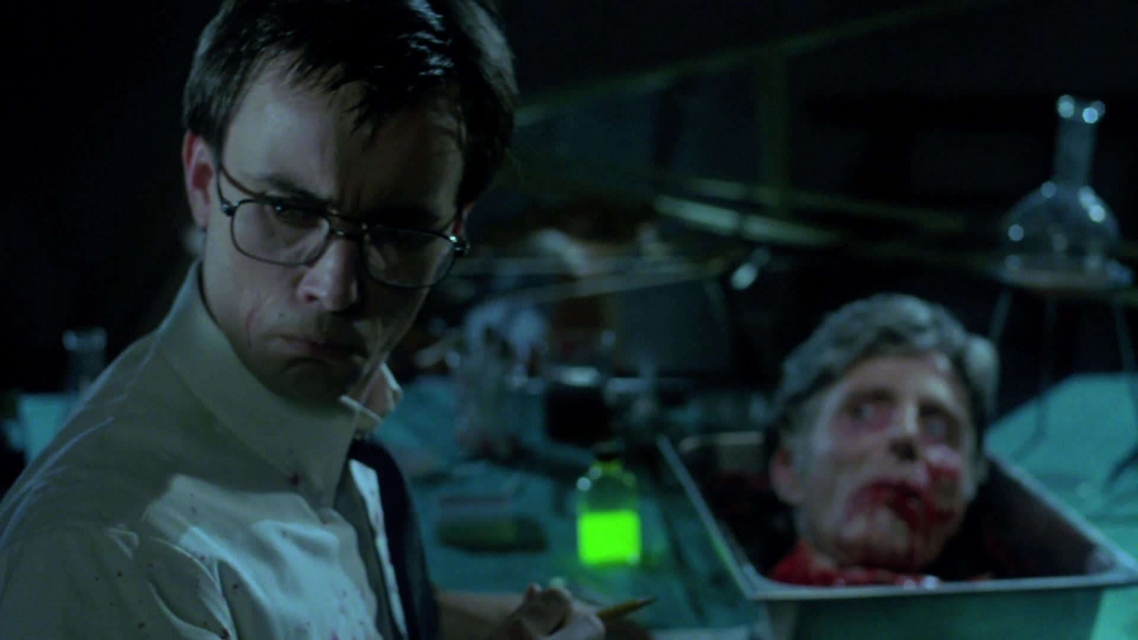
A new student named Herbert arrives to the campus. But it seems like he has his own peculiarities. Dan, who is obsessed with science, teams up with him and together they begin to make unusual and scary experiments with the dead.
Quarantine, 2008
“They won’t let us out.”
IMDb ranking: 5.9
Genres: horror, action
Certificate: 18+
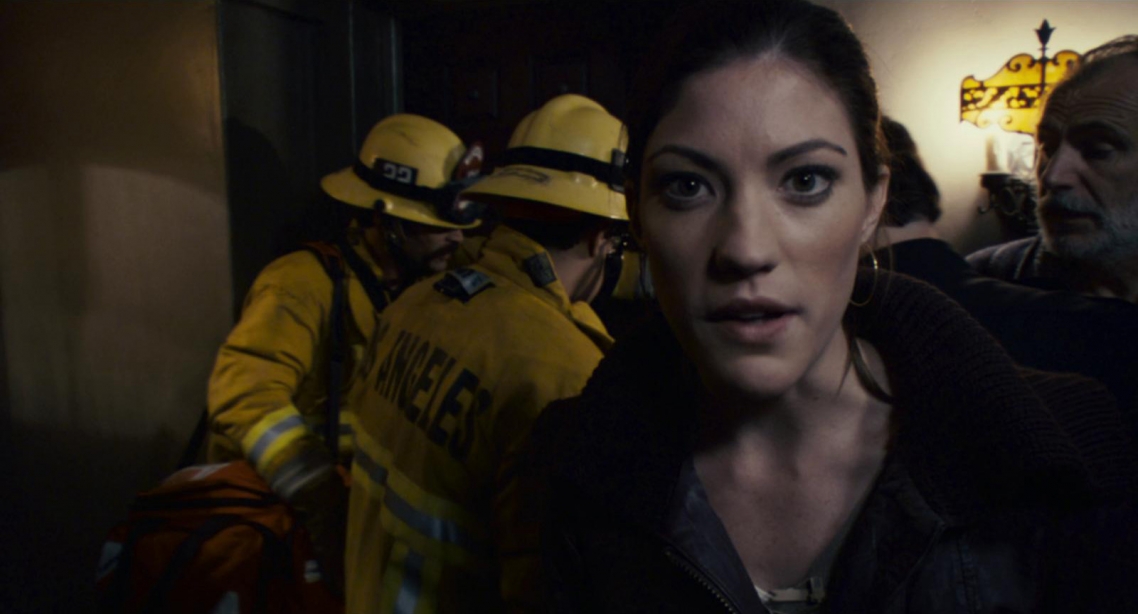
A reporter and her cameraman become trapped in a building after a mysterious virus started to spread among the population.
…Monsters, Werewolves, Vampires:
The Descent, 2005
“I'm an English teacher, not f*cking Tomb Raider.”
IMDb ranking: 7.2
Genres: horror, thriller, adventure
Certificate: 18+
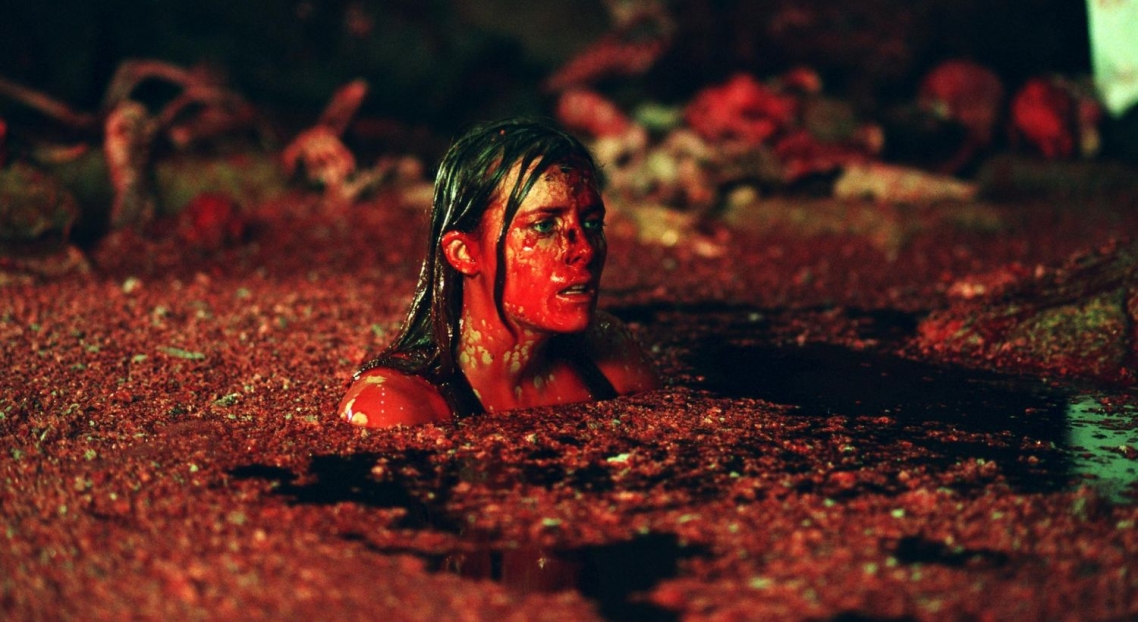
A group of friends went to investigate mountain caves on the weekends. But the deeper they go, the darker is the night around them.
Possession, 1981
“Maybe what you saw was God, and you didn't know it.”
IMDb ranking: 7.4
Genres: horror, drama
Certificate: 18+
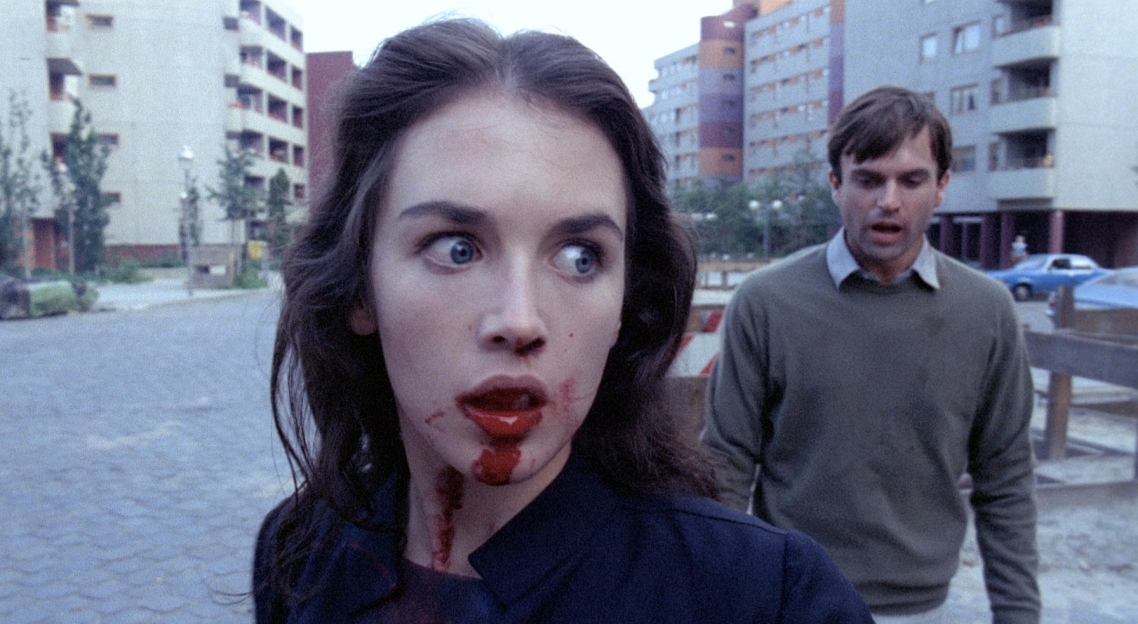
Mark returns back to his family after a long business trip. His wife Anna acts strangely and asks for divorce. Mark tries to figure out what happened to her while he was away.
House of Wax, 1953
“Here we have Joan of Arc — a favorite subject of mine.”
IMDb ranking: 7.1
Genres: horror
Certificate: 12+
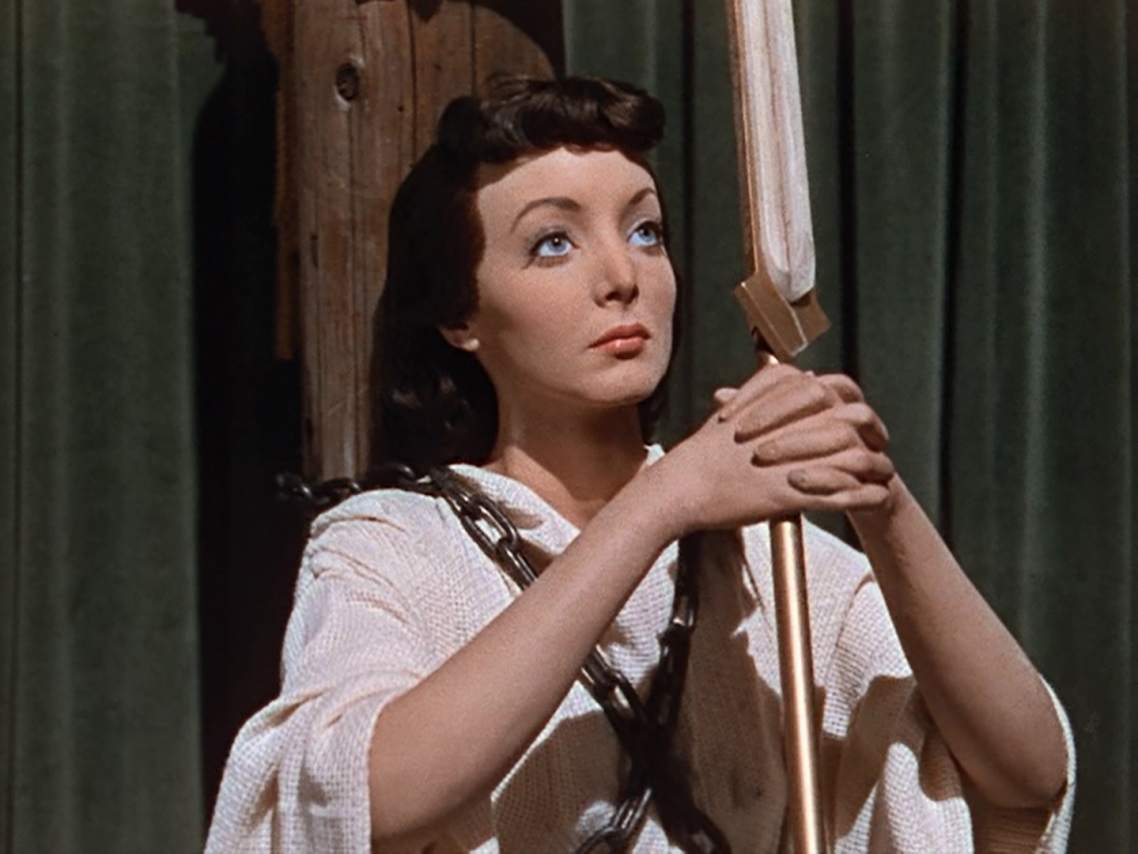
“Room of horrors” was opened in a city recently. Its owner with mysterious past exhibits incredibly realistic wax figures portraying horrible scenes of violence, tortures and death.
Black Sunday / La maschera del demonio, 1960
“You have no reason to fear the dead. They sleep very soundly.”
IMDb ranking: 7.2
Genres: horror
Certificate: 16+
![Black Sunday [La maschera del demonio], 1960 Black Sunday [La maschera del demonio], 1960](/sites/default/files/u9/black_sunday.png)
Revengeful witch Asa and her loyal servant rise from dead. To be fully alive again the witch needs to possess the body of a girl named Katia who is her look—alike descendant. The only people that are standing on her way now are Katia’s brother and a young doctor.
Pan's Labyrinth / El laberinto del fauno, 2006
“Ofelia! Magic does not exist. Not for you, me or anyone else.”
IMDb ranking: 8.2
Genres: horror, drama, fantasy, military
Certificate: 16+
![Pan's Labyrinth [El laberinto del fauno], 2006 Pan's Labyrinth [El laberinto del fauno], 2006](/sites/default/files/u9/pans_labyrinth_el_laberinto_del_fauno_2006.jpg)
The year 1944, Spain. 10 years old Ofelia moves together with her mother to a cruel stepfather, army officer Vidal. Dreaming of fairytales, Ofelia runs away to an ancient labyrinth that leads to a magical but strange world.
A Girl Walks Home Alone at Night / Dokhtari dar šab tanhâ be xâne miravad, 2014
“Don’t leave me alone.”
IMDb ranking: 7.0
Genres: horror, drama, melodrama
Certificate: 18+
![A Girl Walks Home Alone at Night [Dokhtari dar šab tanhâ be xâne miravad], 2014 A Girl Walks Home Alone at Night [Dokhtari dar šab tanhâ be xâne miravad], 2014](/sites/default/files/u9/a_girl_walks_home_alone_at_night.jpg)
Iran ghost—city Bed is full of loneliness and death. Its citizens don’t know that a lonely vampire is strolling on the streets during night.
The Mist, 2007
“Put more than two of us in a room, we pick sides and start dreaming up reasons to kill one another.”
IMDb ranking: 7.1
Genres: horror, thriller, sci-fi
Certificate: 18+
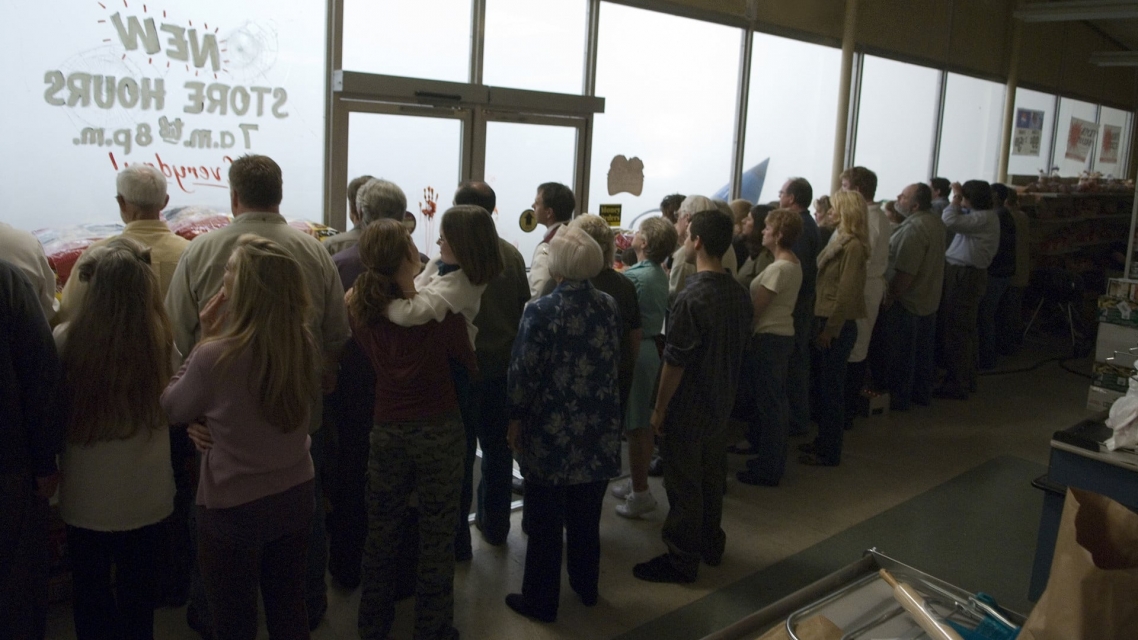
After a strange storm a small town is engulfed in a thick fog that hides bloodthirsty monsters in it. The survivors escaped inside a local supermarket but will they manage to withstand scary creatures and each other?
Village of the Damned, 1960
“They have the look of man... but not the nature of mankind.”
IMDb ranking: 7.3
Genres: horror, sci-fi
Certificate: 16+
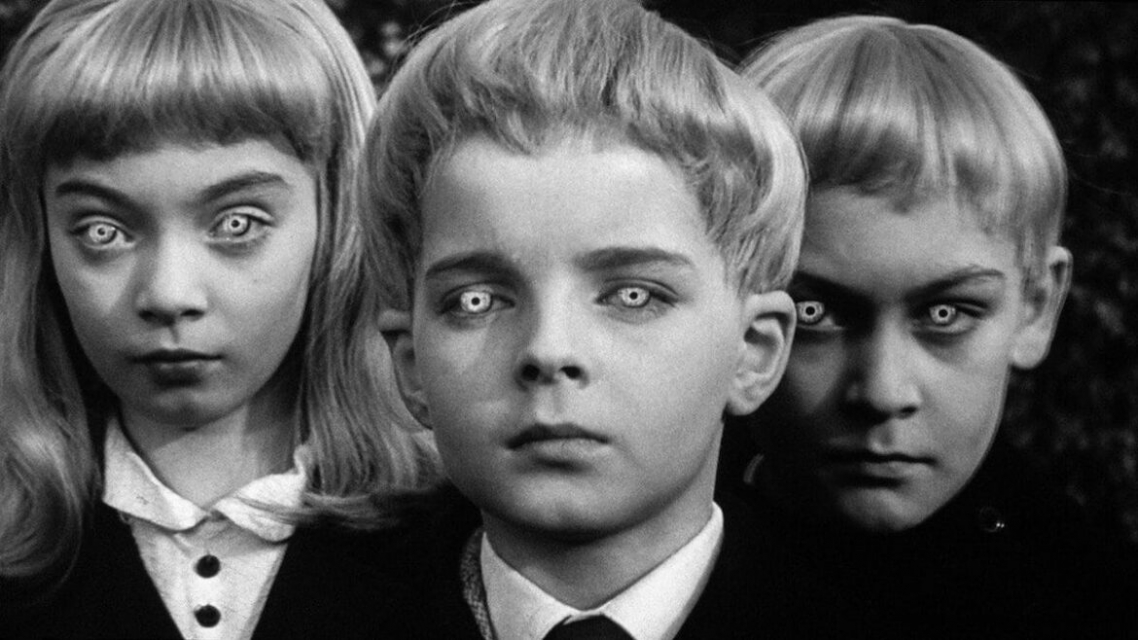
One day every person in a small village called Midwitch falls asleep for several hours. Nine month later many women give birth to the look—alike blonde children at the same day and hour. Children grow up and become more and more creepy.
Ginger Snaps, 2000
“High school: just a mindless little breeders' machine.”
IMDb ranking: 6.8
Genres: horror, drama, fantasy
Certificate: 16+
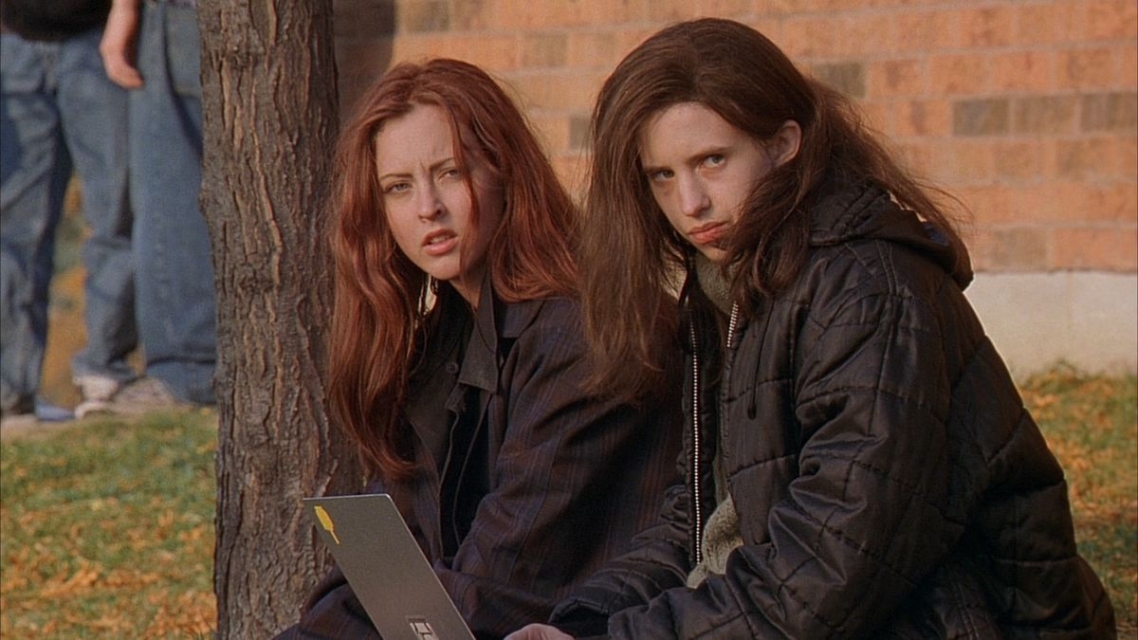
Two sisters, obsessed with death, live in an ordinary quiet suburb, have almost no contact with other children and dream about leaving this place one day. Their live changes drastically after one of the sisters got bitten by a werewolf.
10 Cloverfield Lane, 2016
“I'm sorry, but no one's looking for you.”
IMDb ranking: 7.2
Genres: horror, drama, action, sci-fi
Certificate: 16+
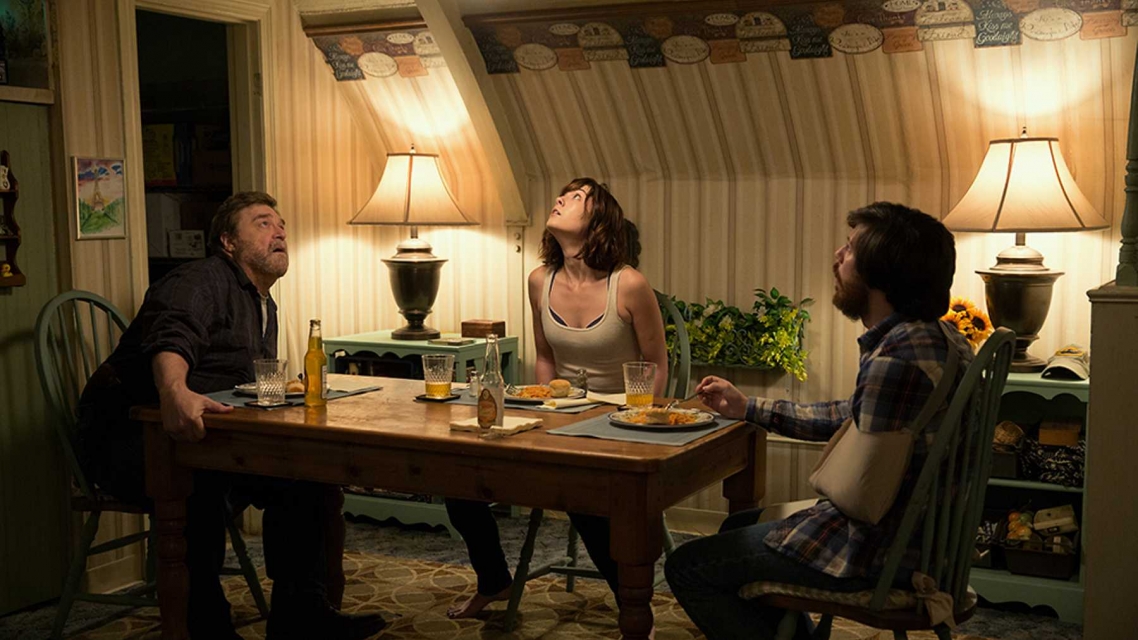
Michelle wakes up in a cellar of a stranger after a car crash she broke a leg in. He refuses to let her go or call 911 and claims he saved her from a chemical attack, which made the life outside the house impossible.
Teeth, 2007
“— Dentata.
— What?
— It's Latin for teeth.”
IMDb ranking: 5.4
Genres: horror, comedy, fantasy
Certificate: 18+

Still a stranger to her own body, a high school student finds out that she has a unique ability when she accidentally castrates and kills her boyfriend during her first sex.
Jeepers Creepers, 2001
“That’s not my scarecrow.”
IMDb ranking: 6.2
Genres: horror, thriller
Certificate: 16+
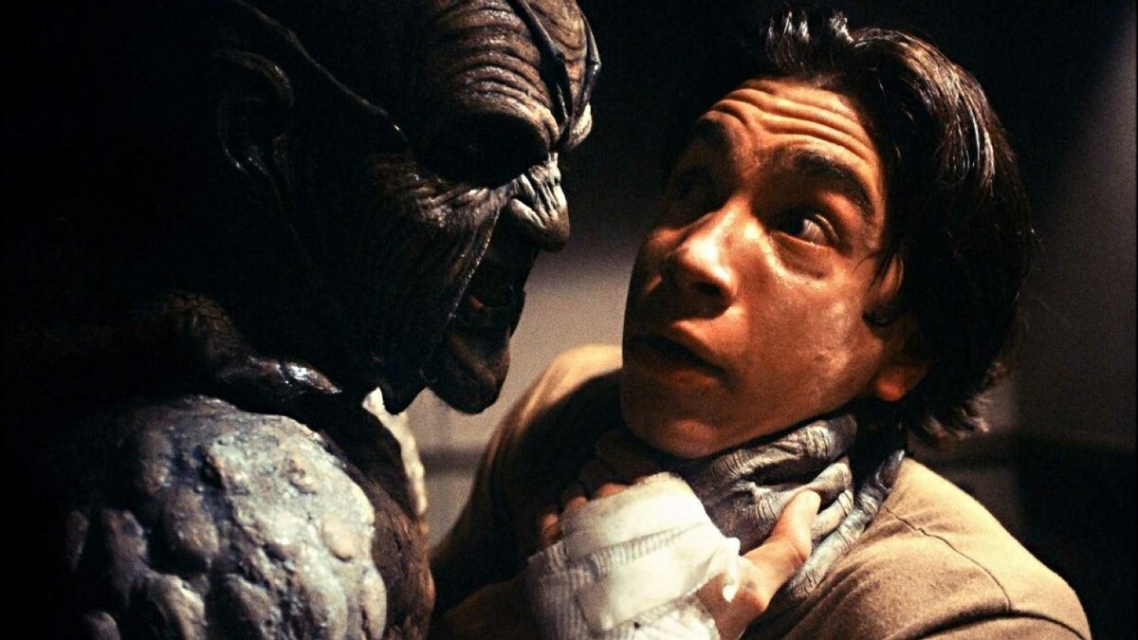
Brother and sister driving highway back home for spring vacations. At the same time a cannibal human—like creature that knows no mercy goes for a hunt.
Annihilation, 2018
“It's not destroying. It's making something new.”
IMDb ranking: 6.8
Genres: horror, drama, adventure
Certificate: 18+
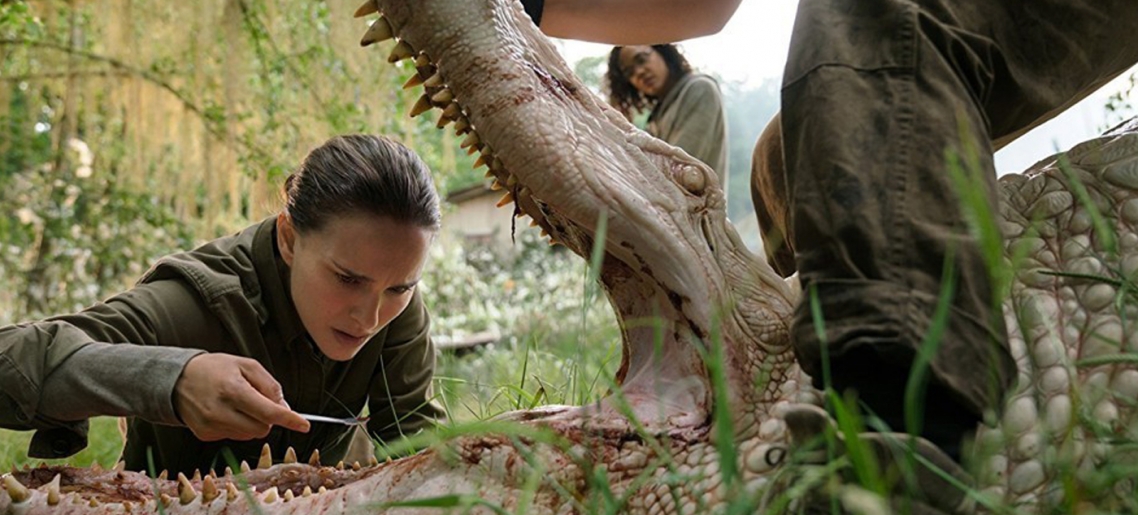
A biologist and her companion set on a dangerous secret mission to explore the place where the laws of the nature do not apply.
Terrifier, 2016
“Punctuality is the thief of time, dear.”
IMDb ranking: 5.6
Genres: horror, thriller
Certificate: 18+
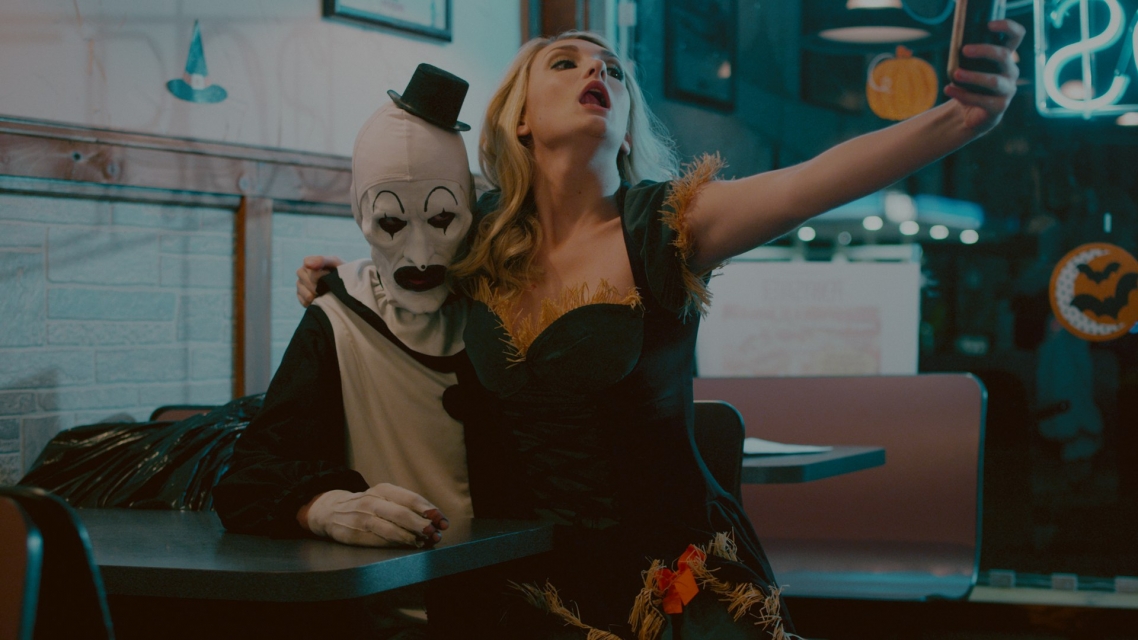
Halloween Eve. Art, a killer—clown, starts hunting three girls and everyone on his way.
Well, our editor’s choice list of horror films turned out to be pretty long. We didn’t include movies we mentioned before in our Halloween and Christmas themed articles (and not only there!) just in case it’s already too scary for you.
What’s your favourite horror movie?
